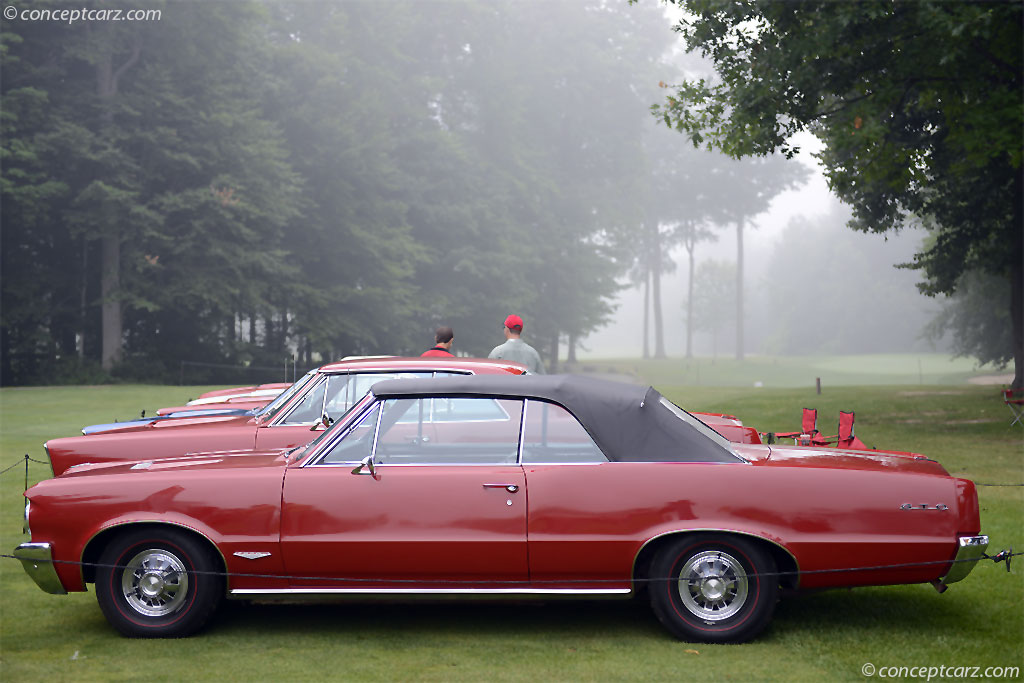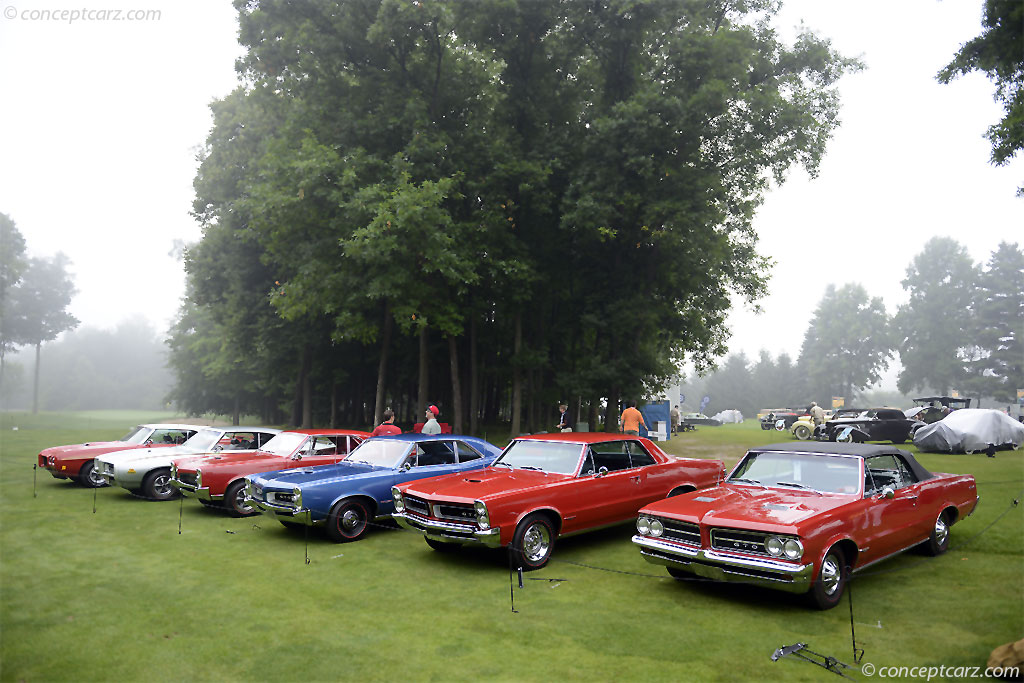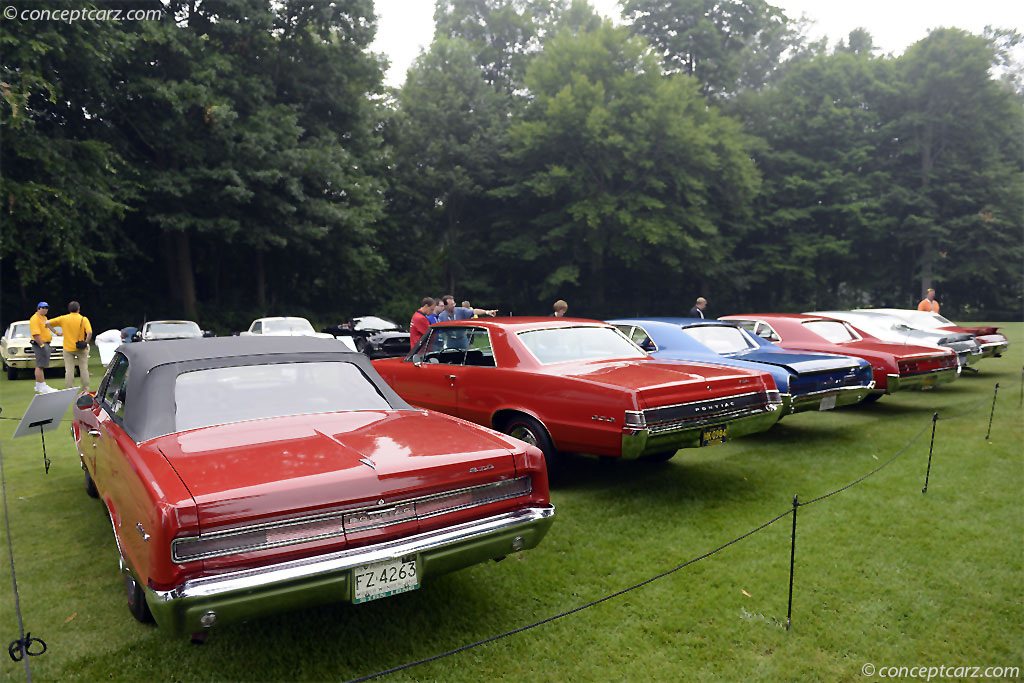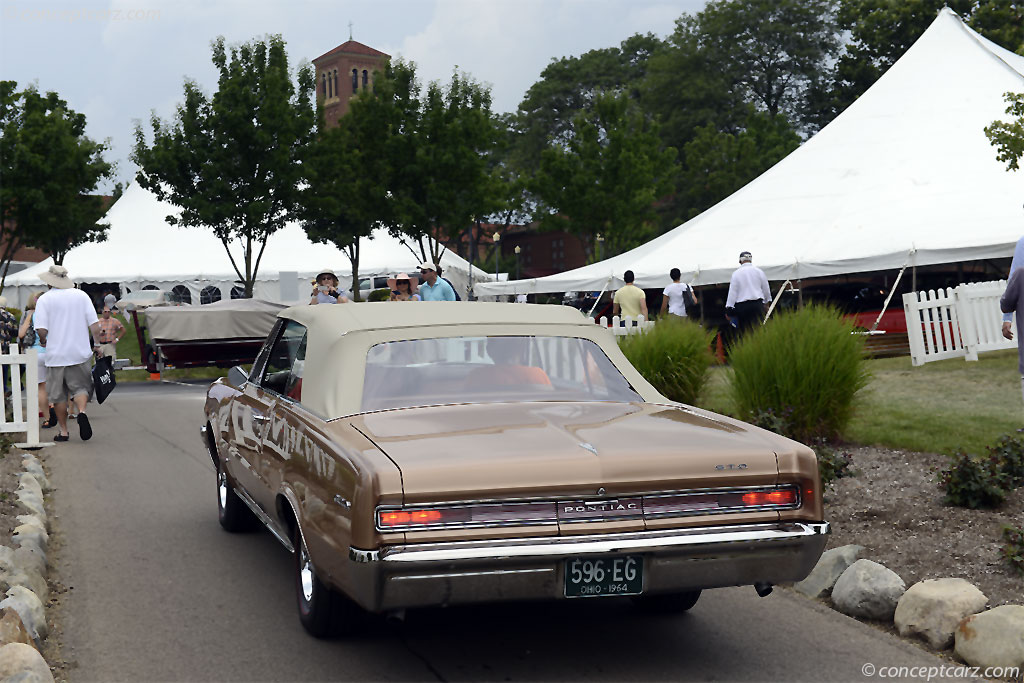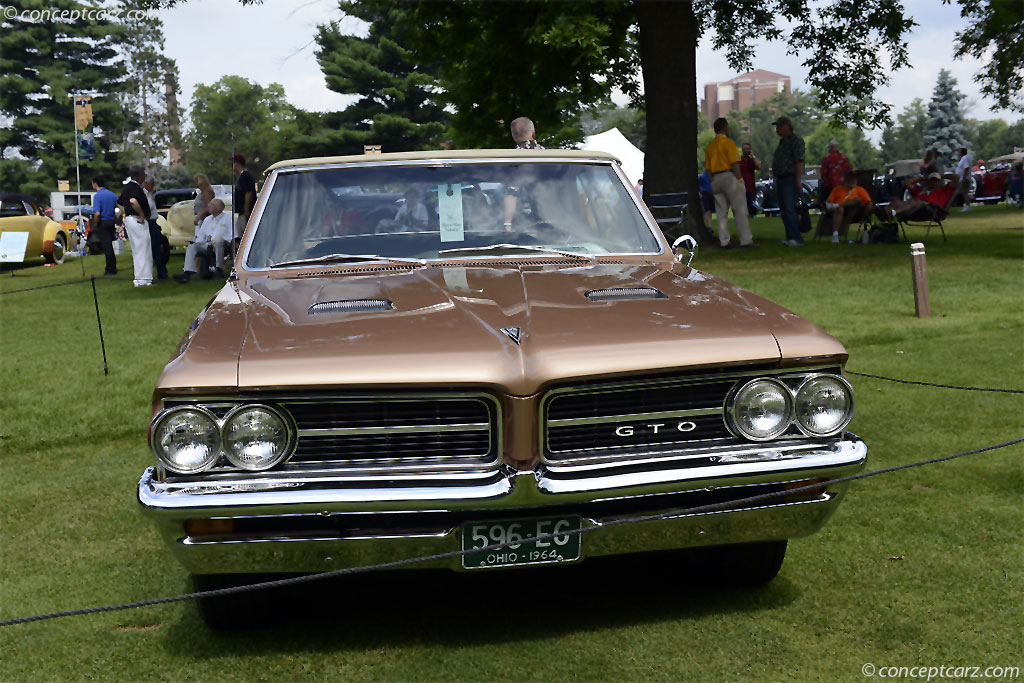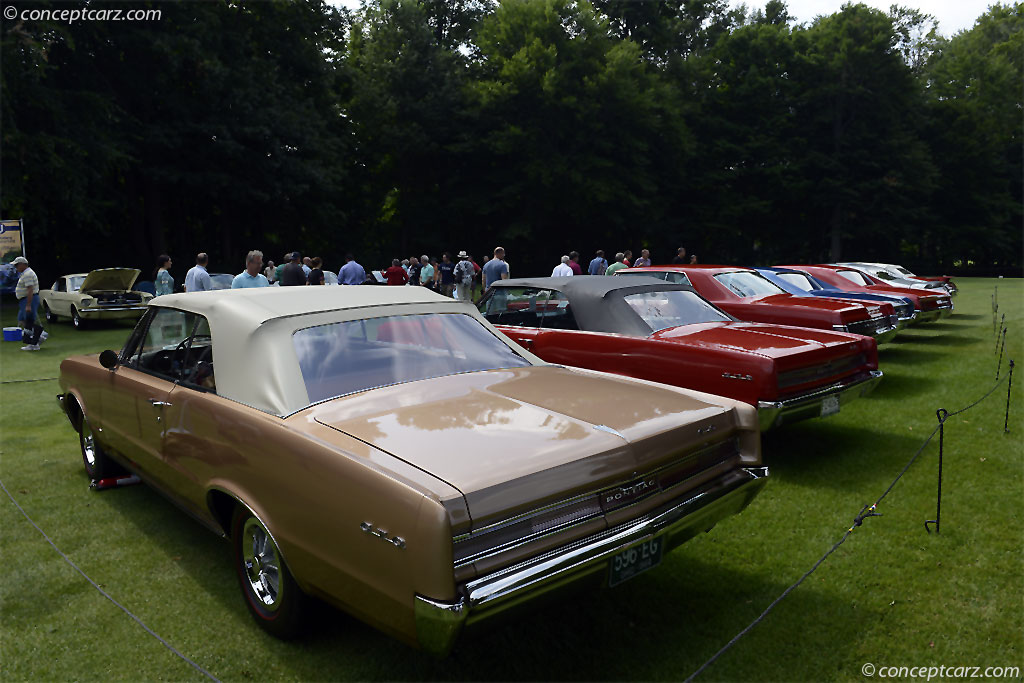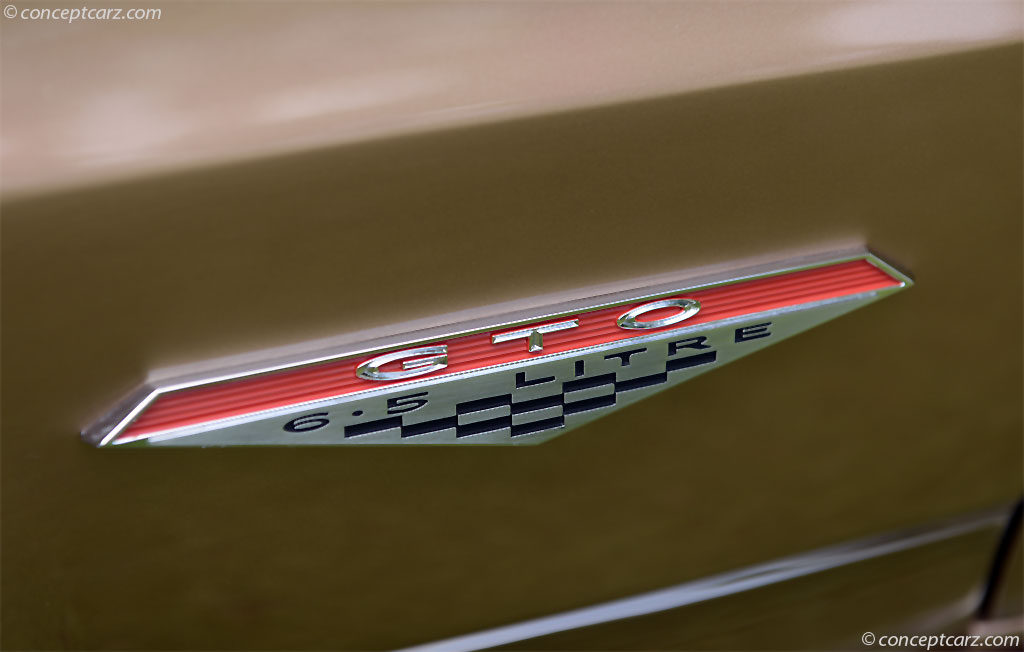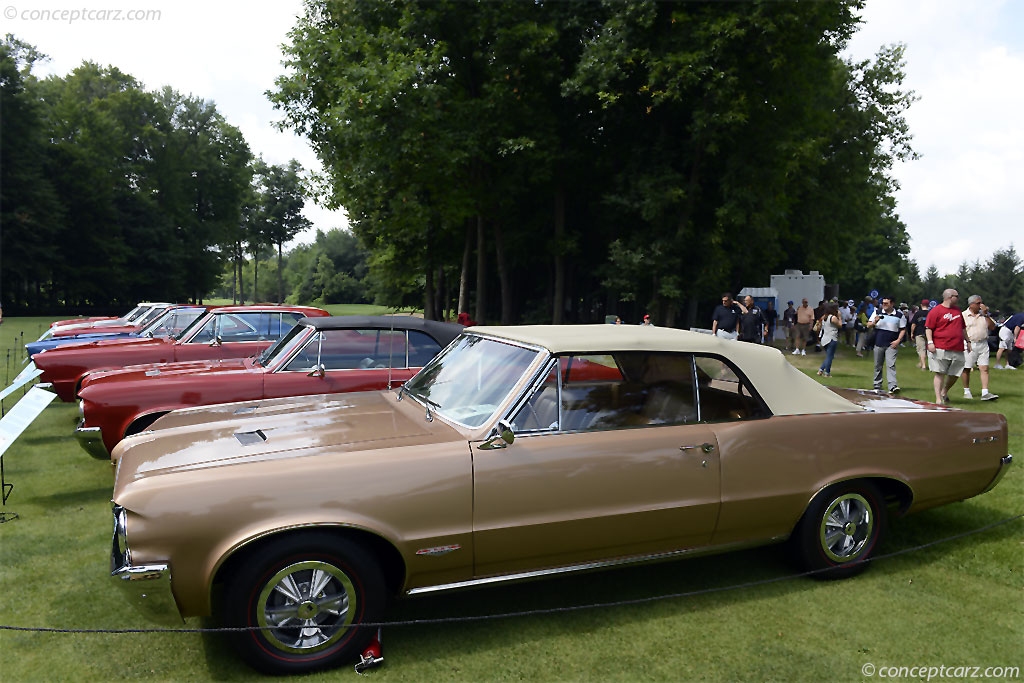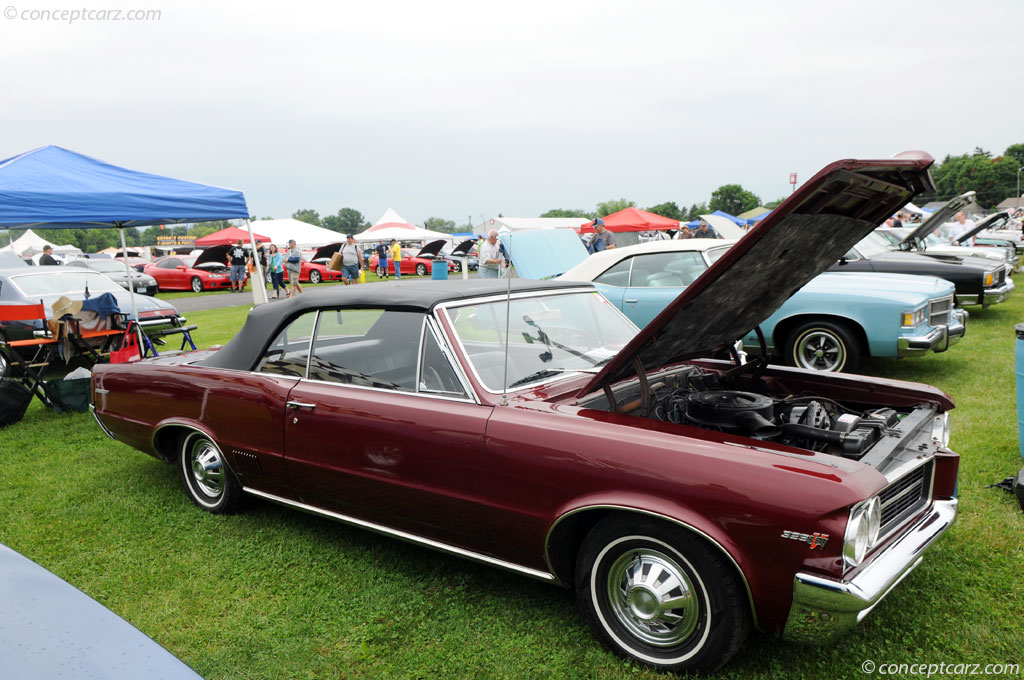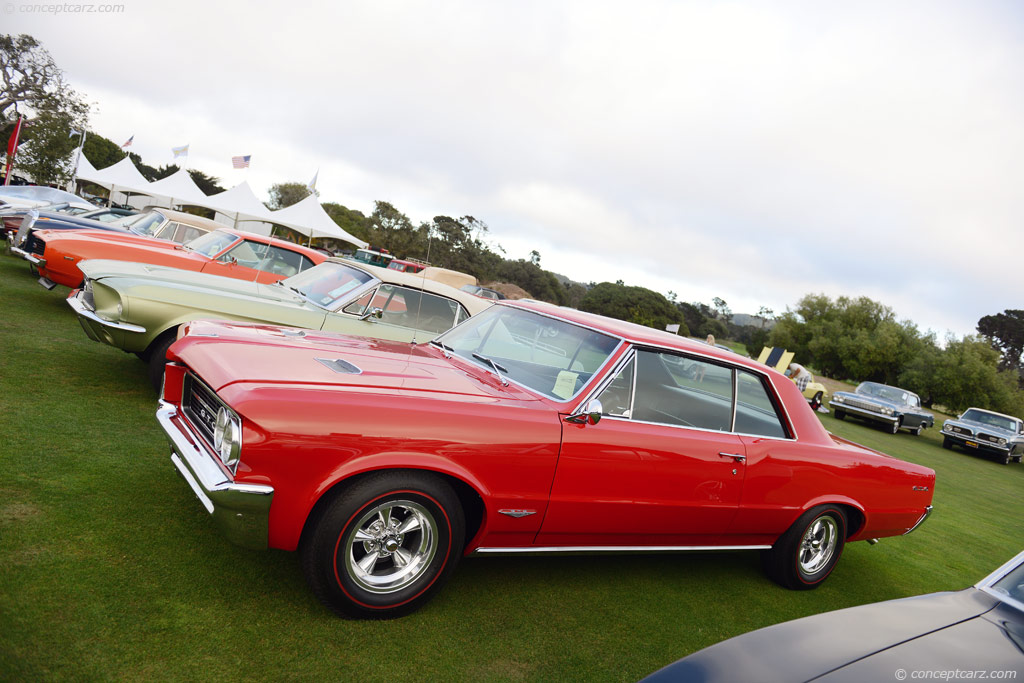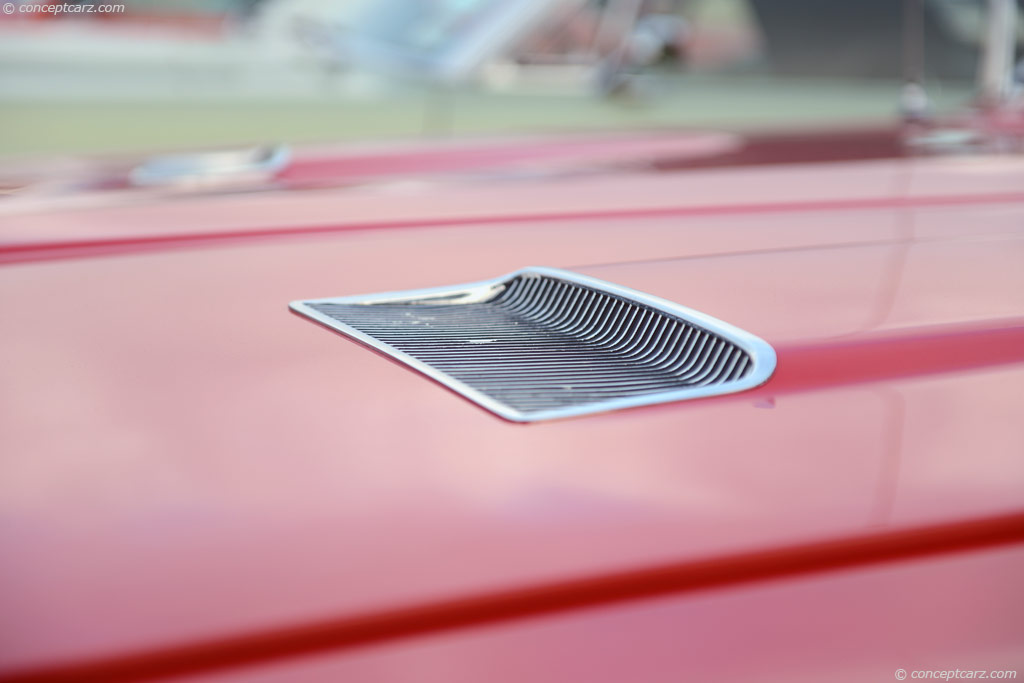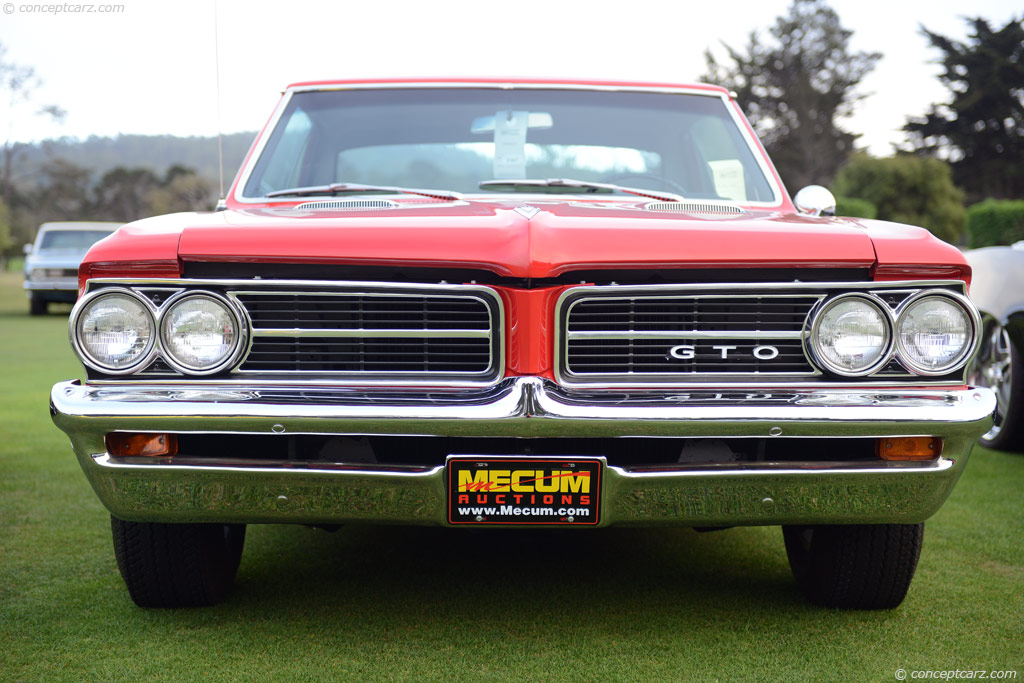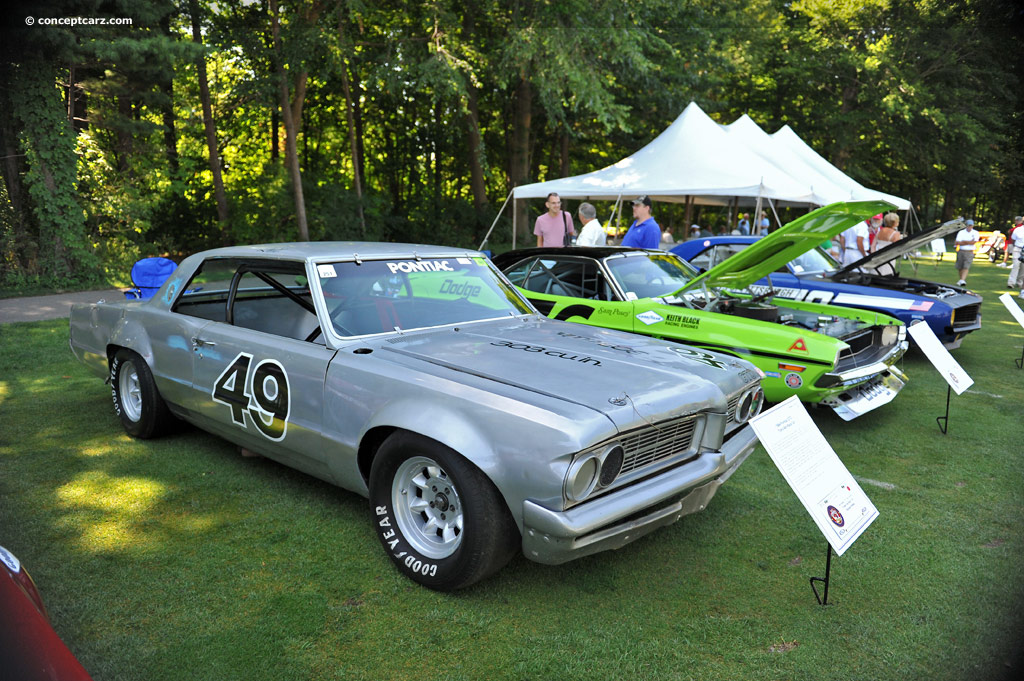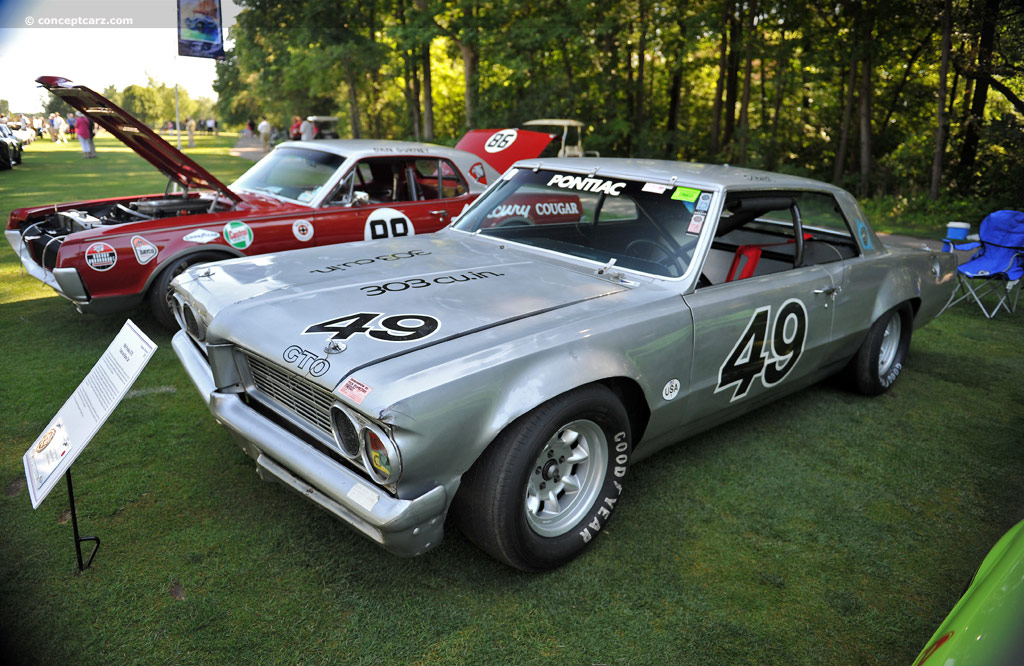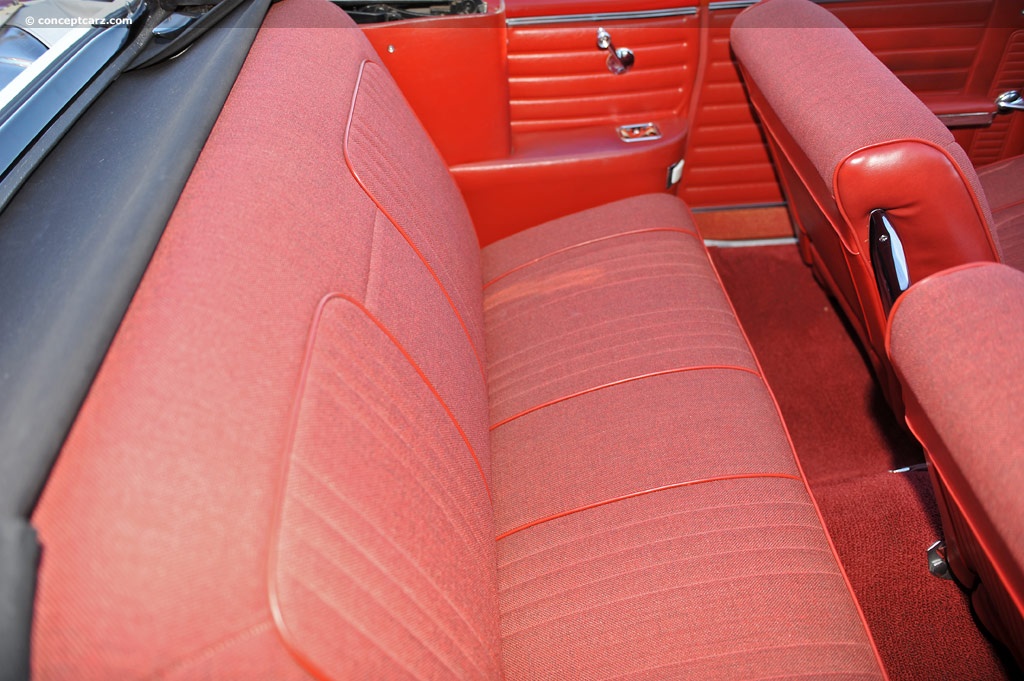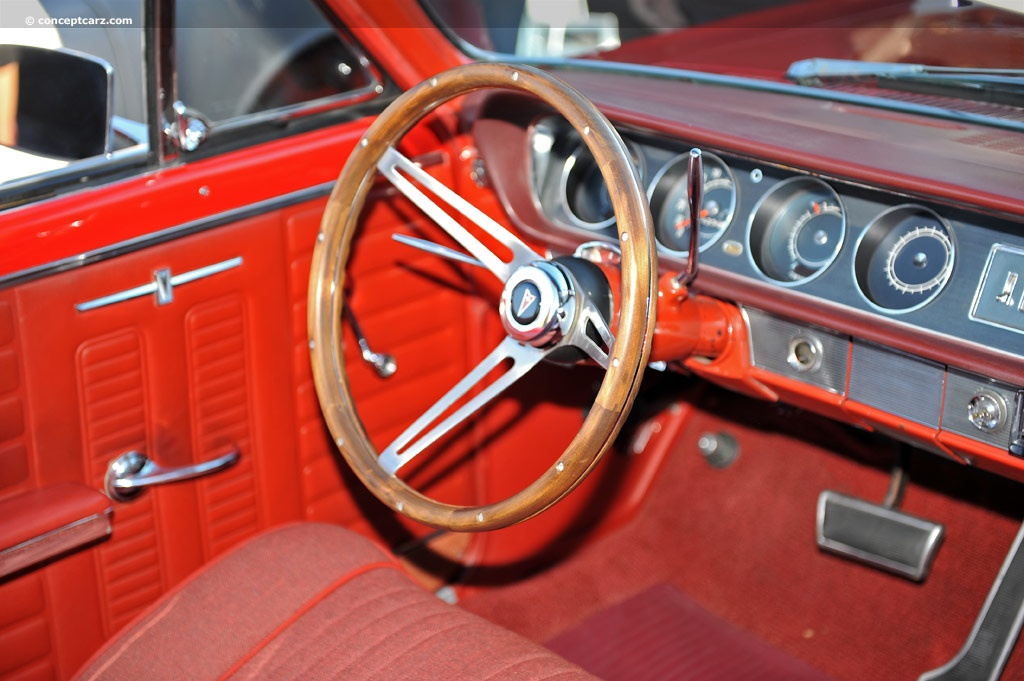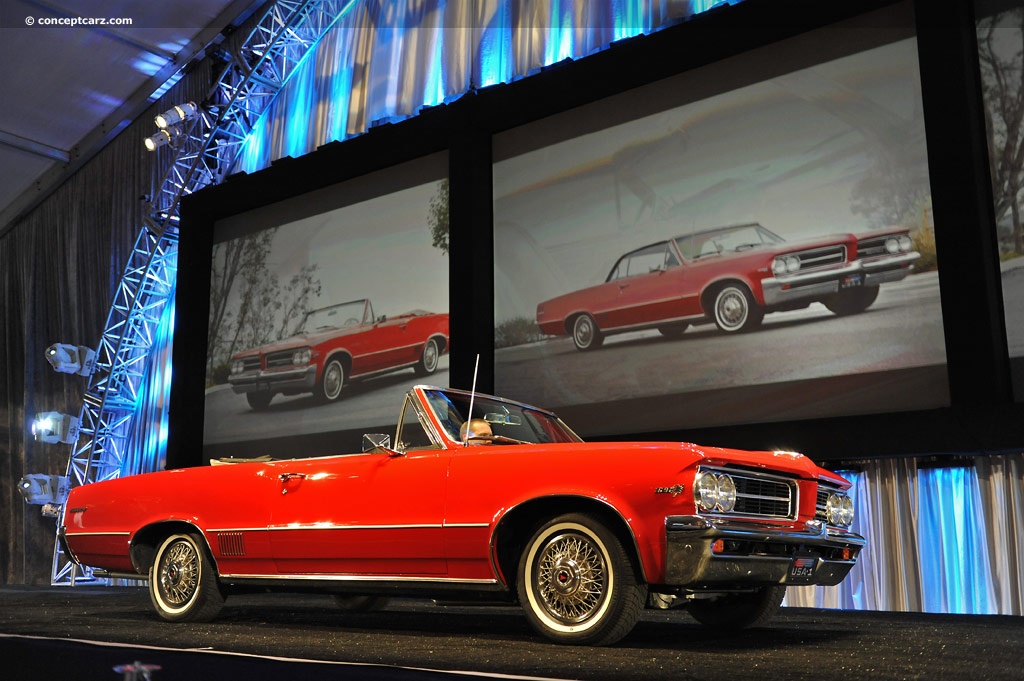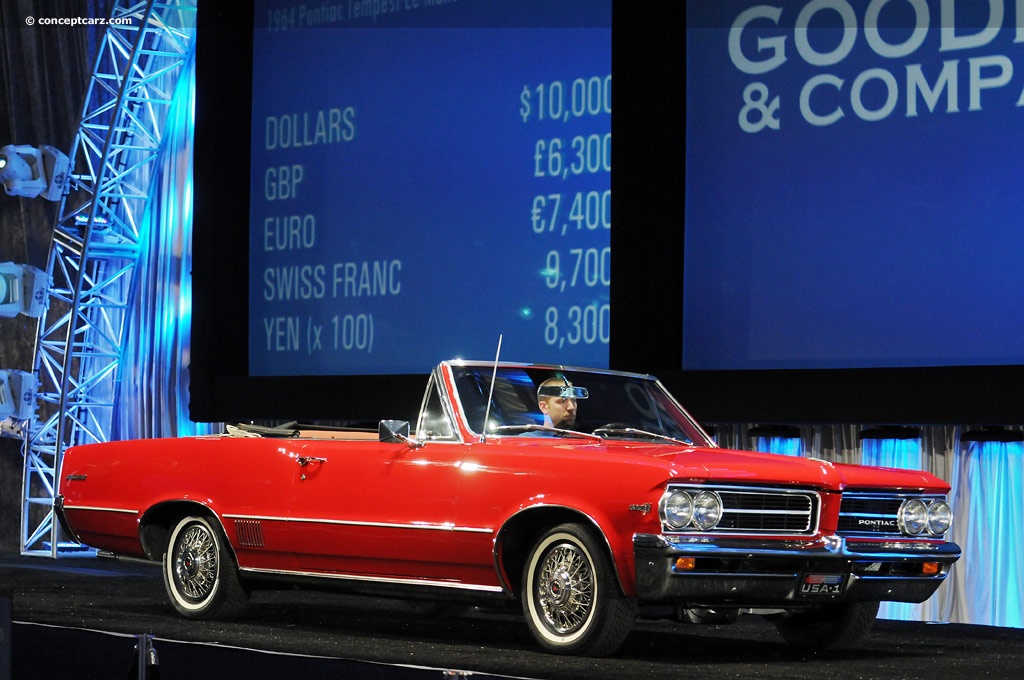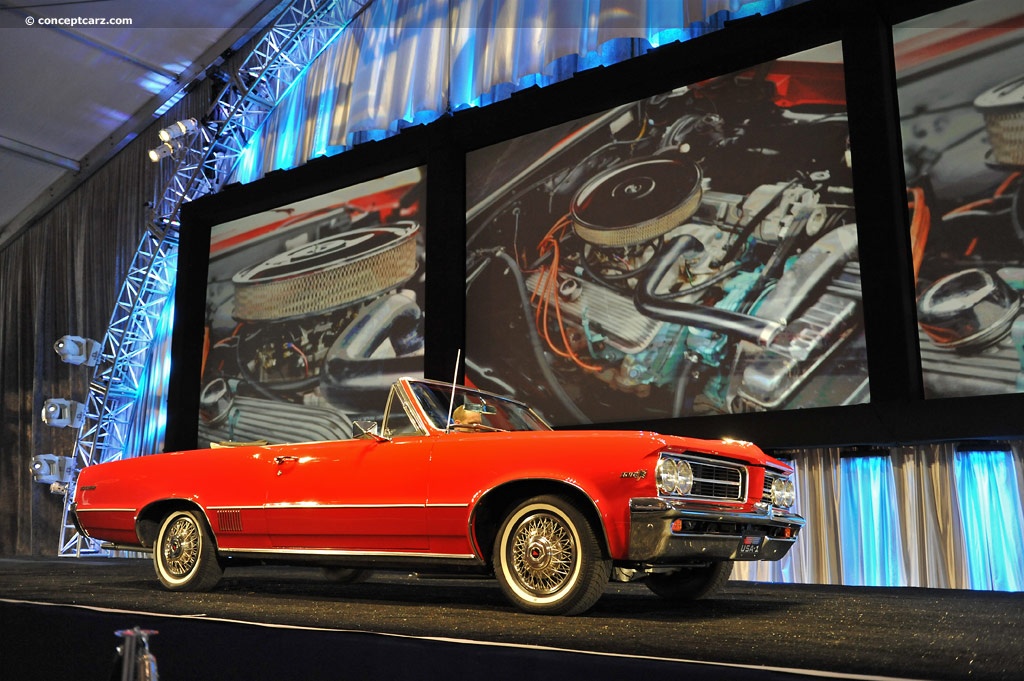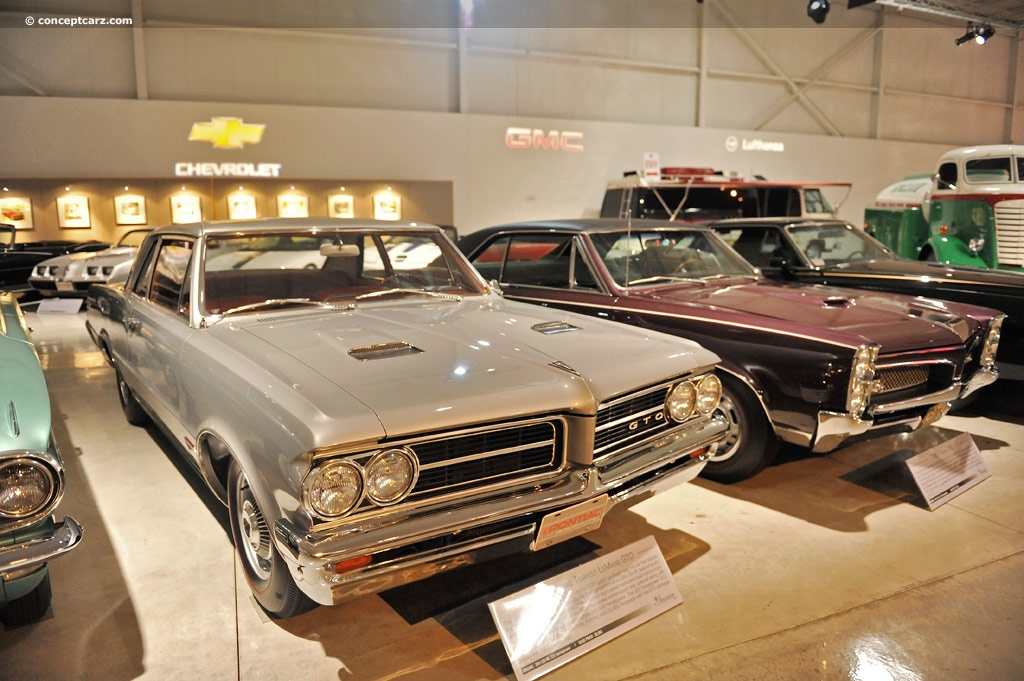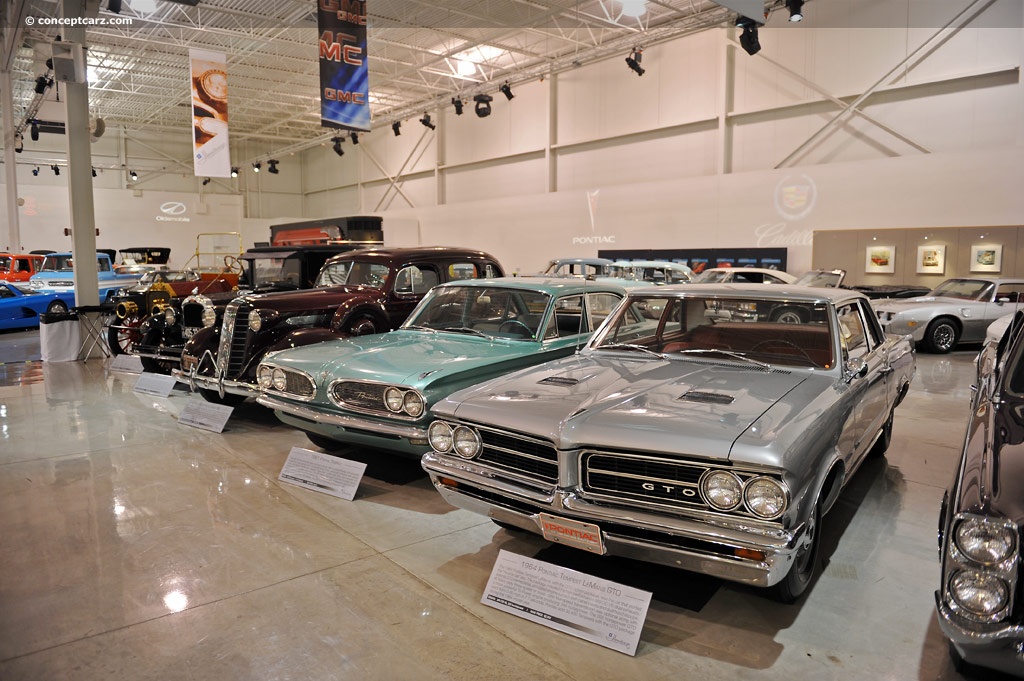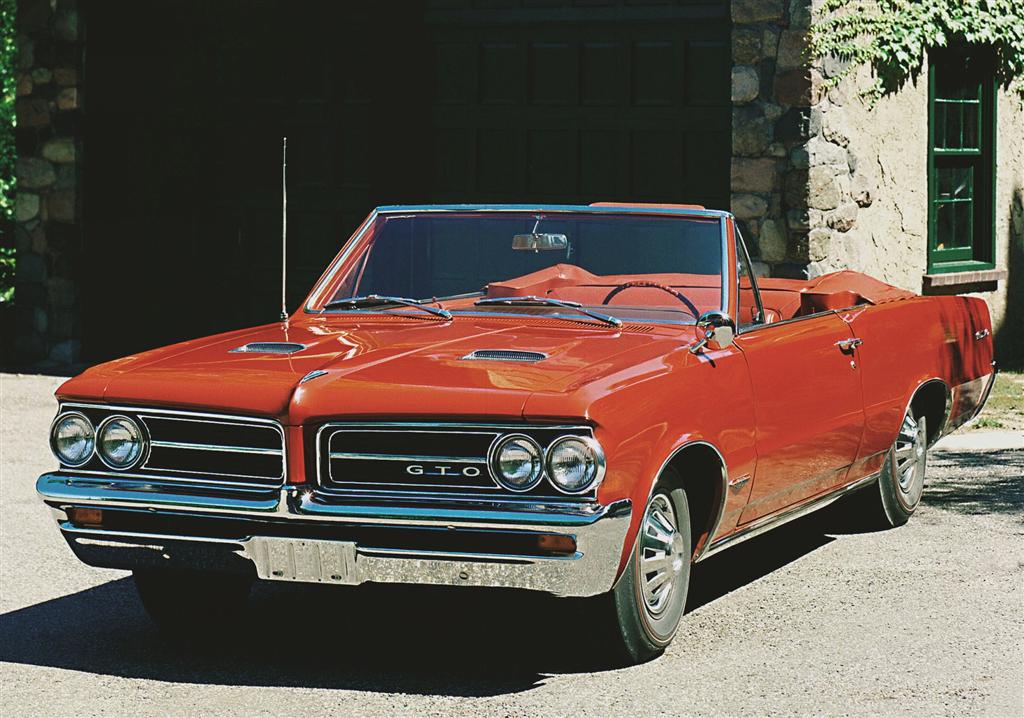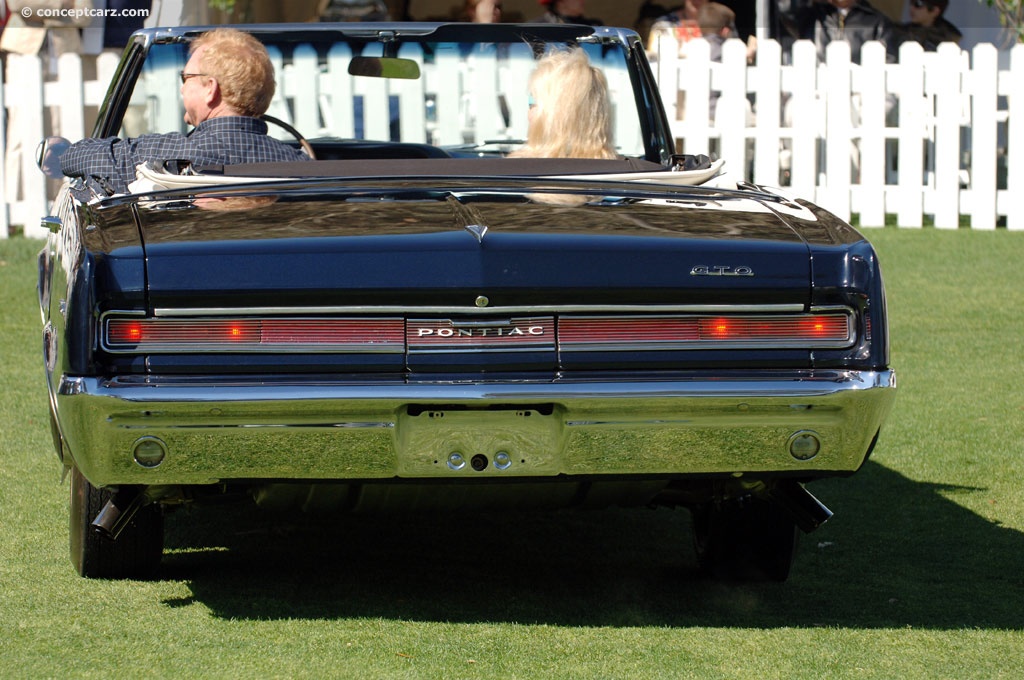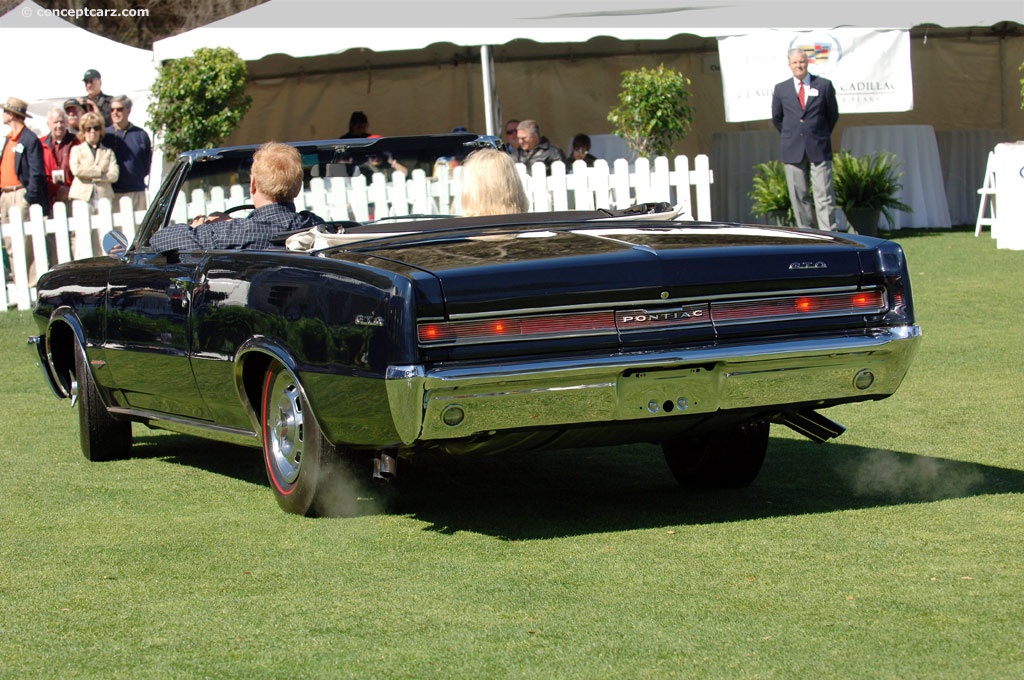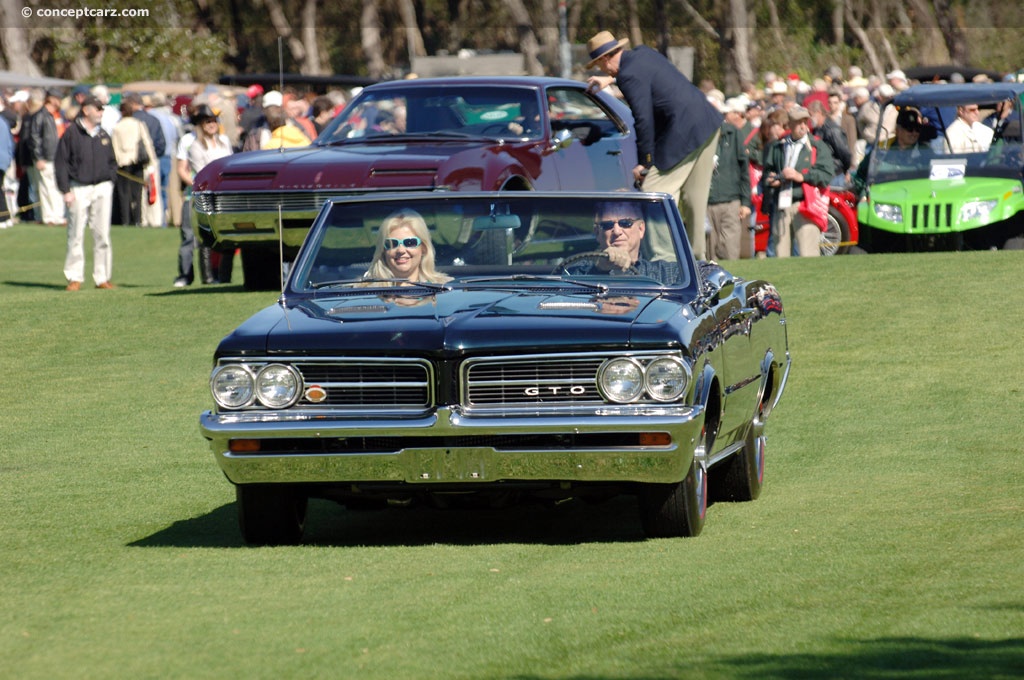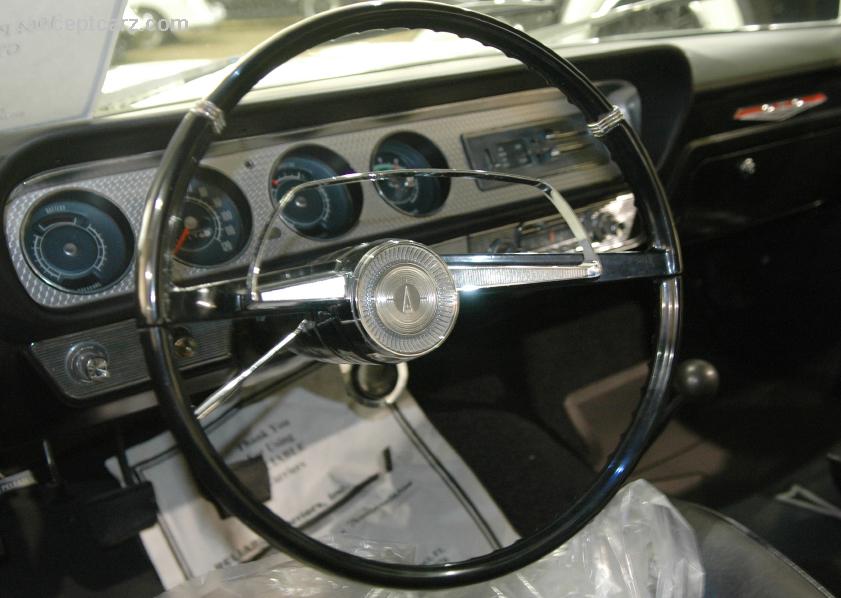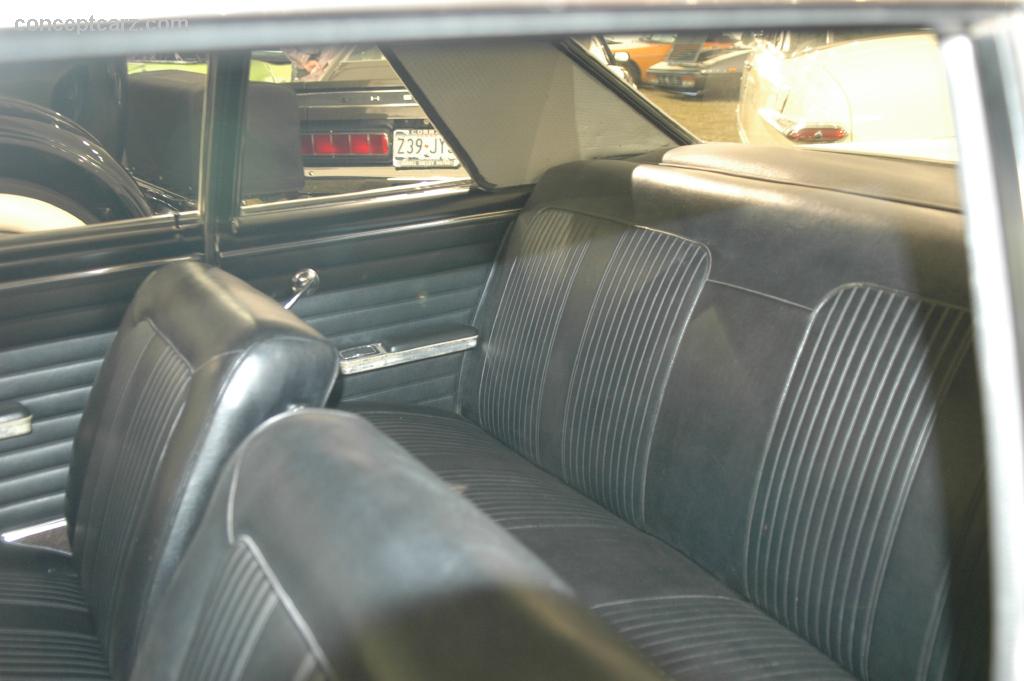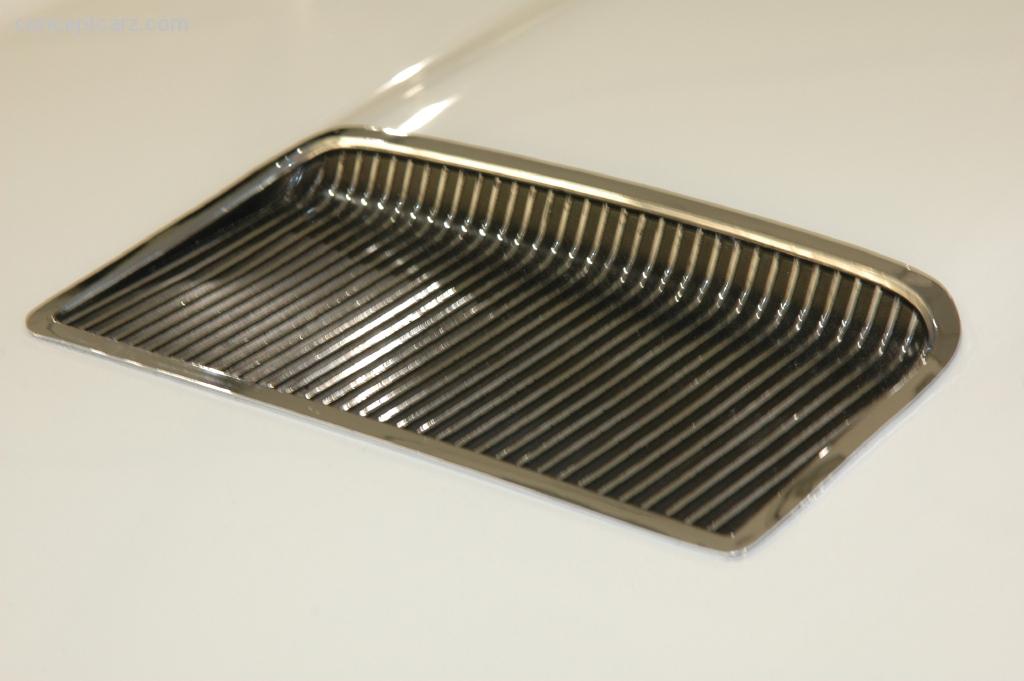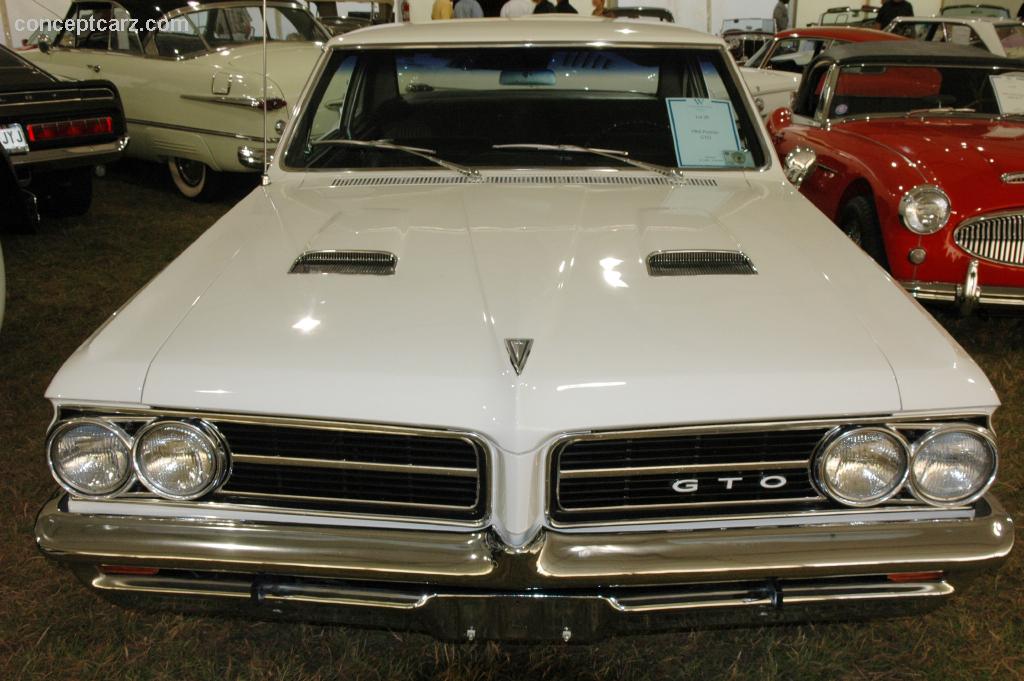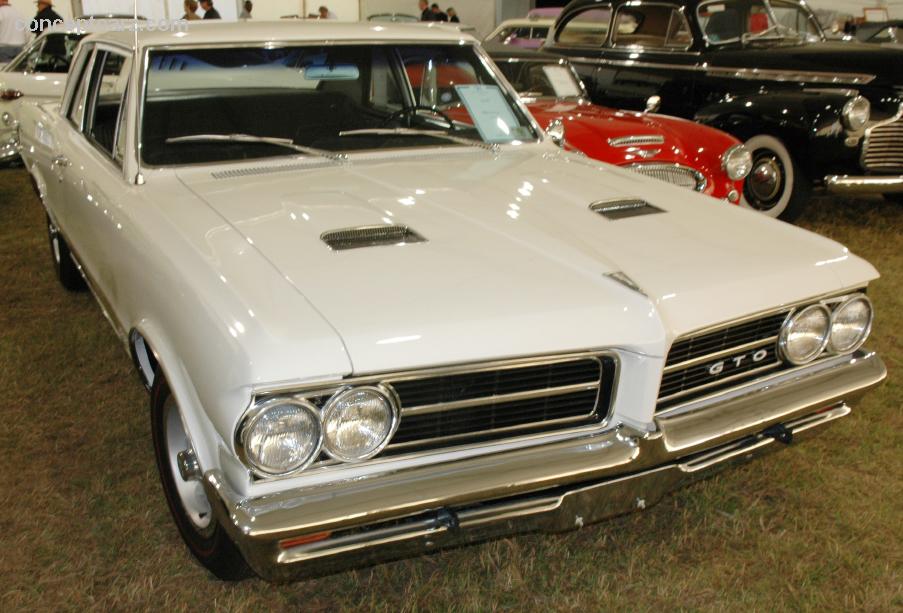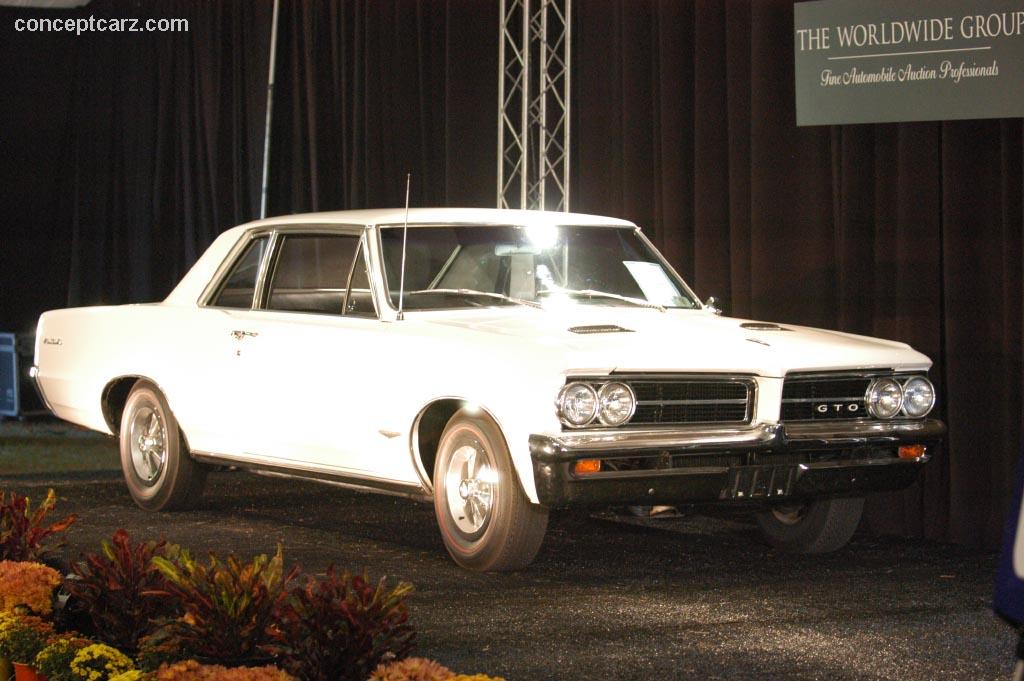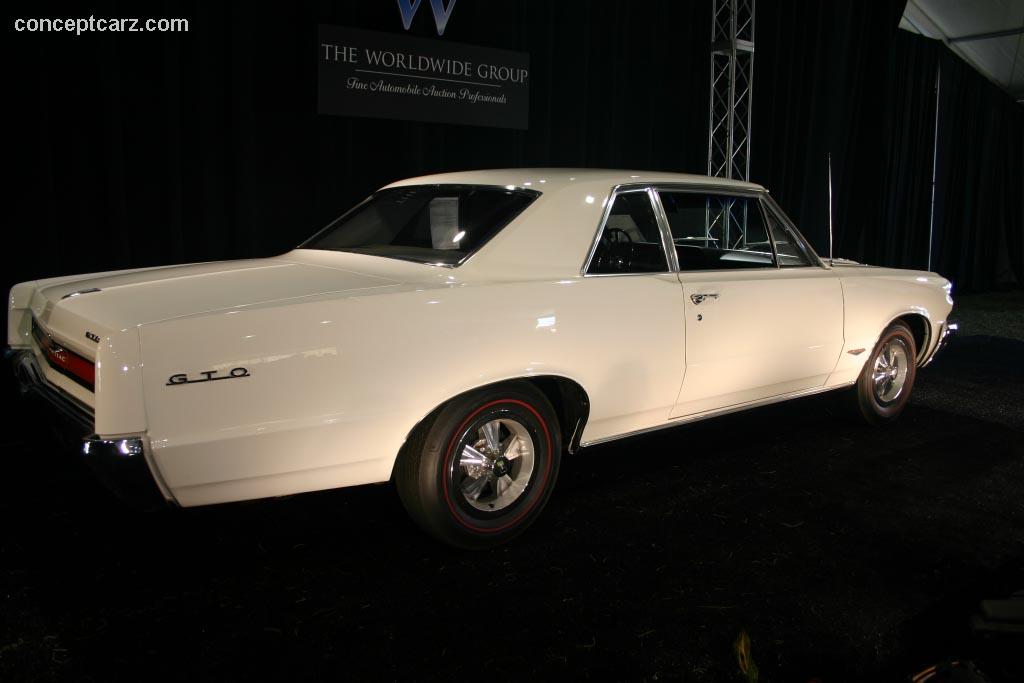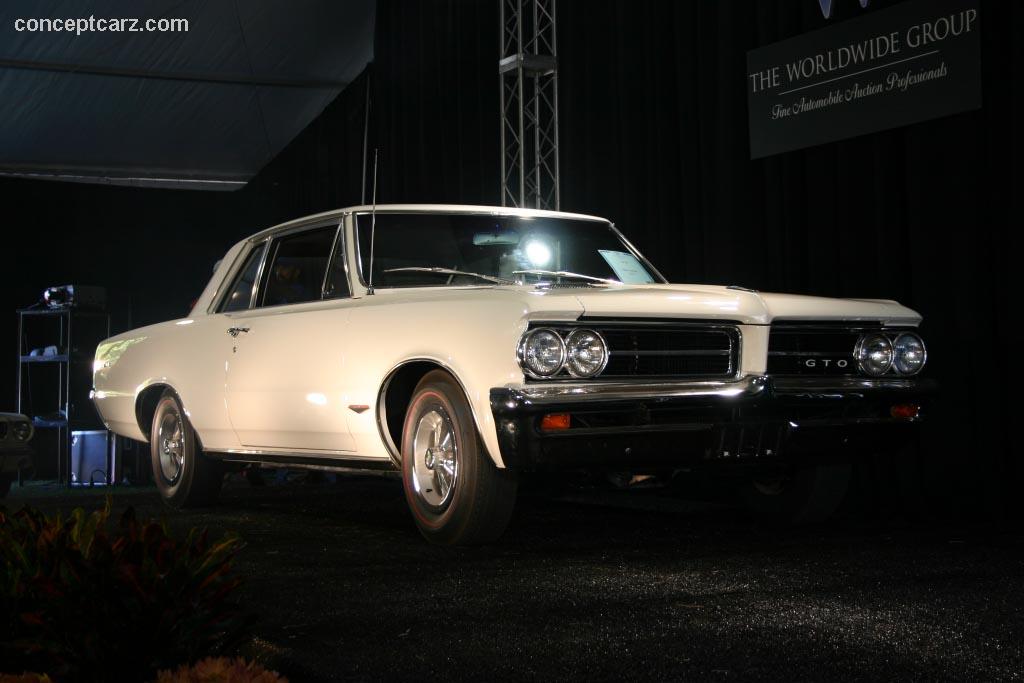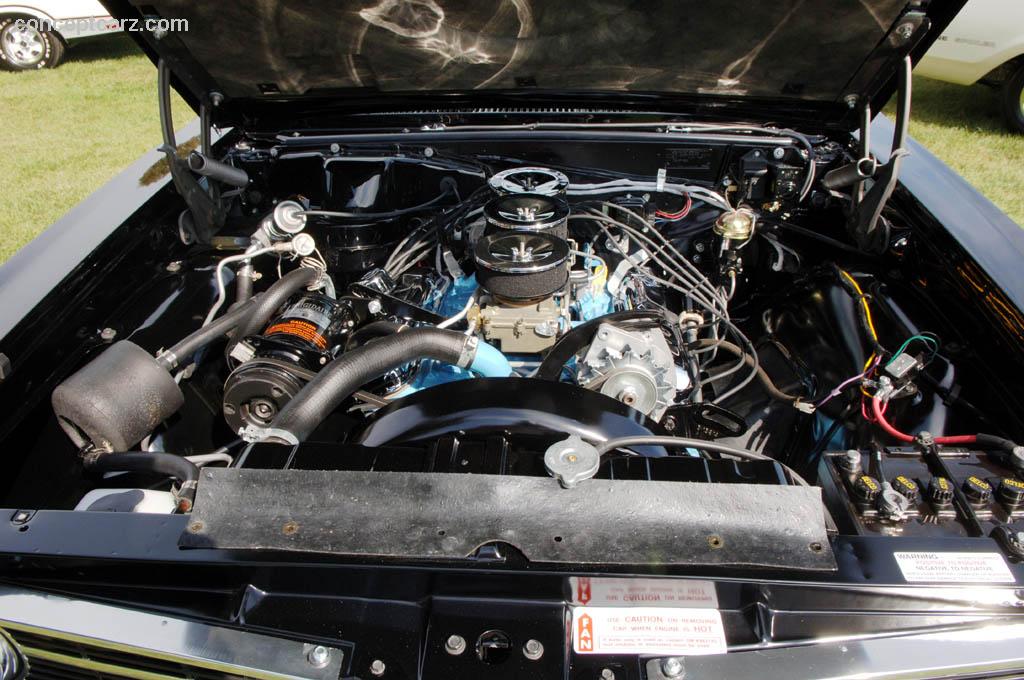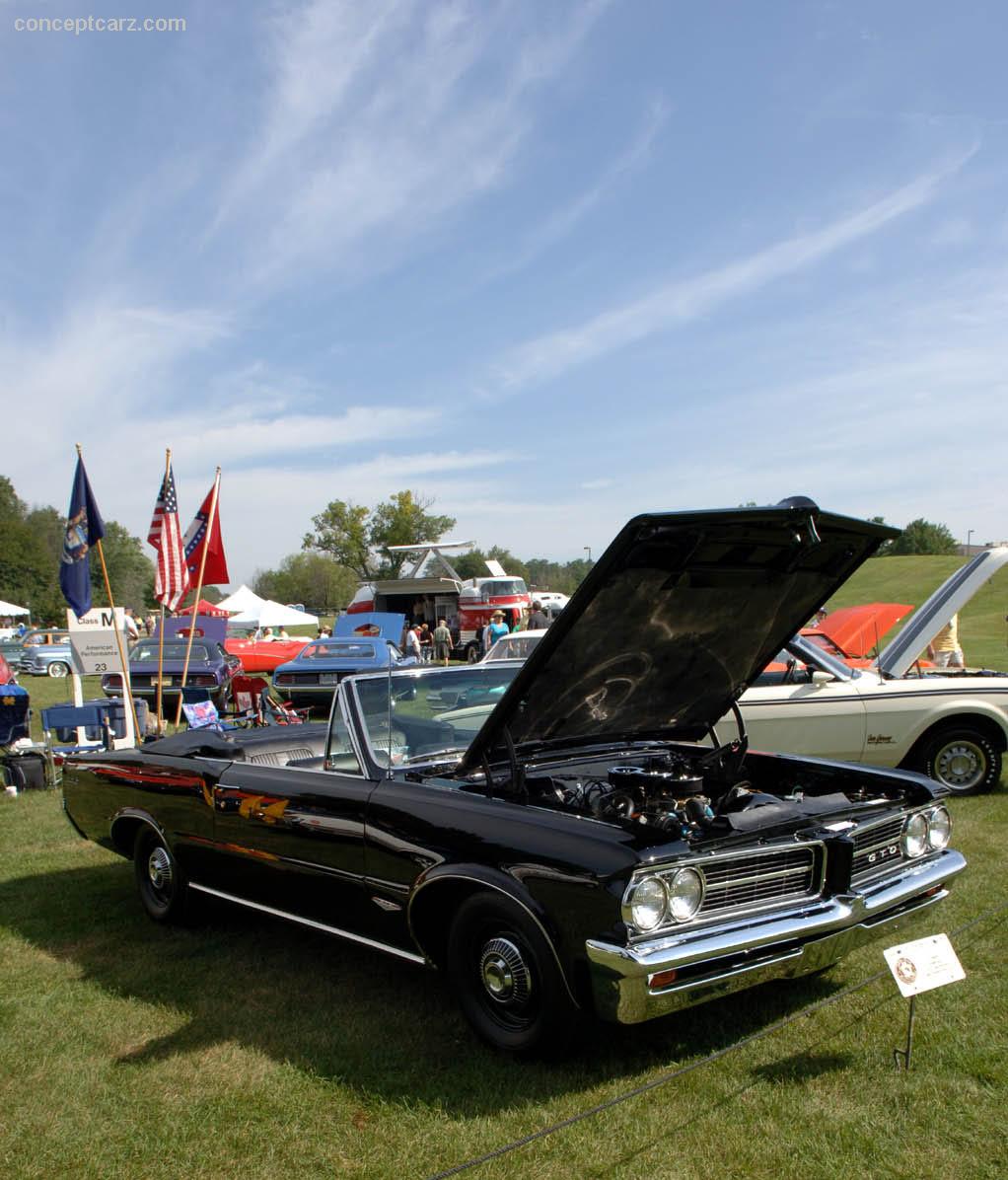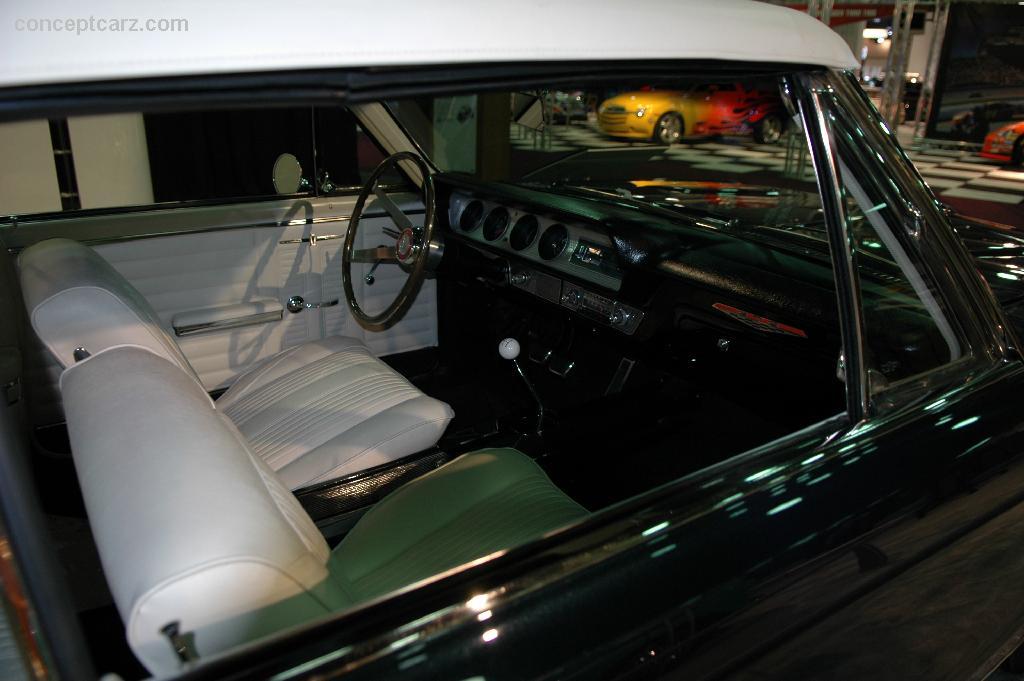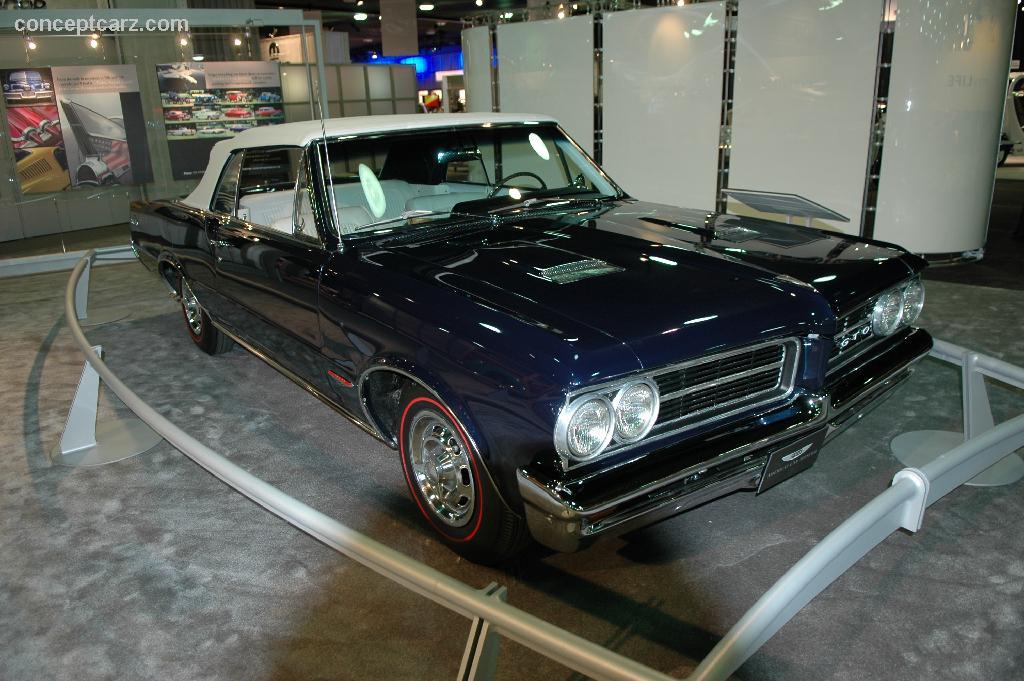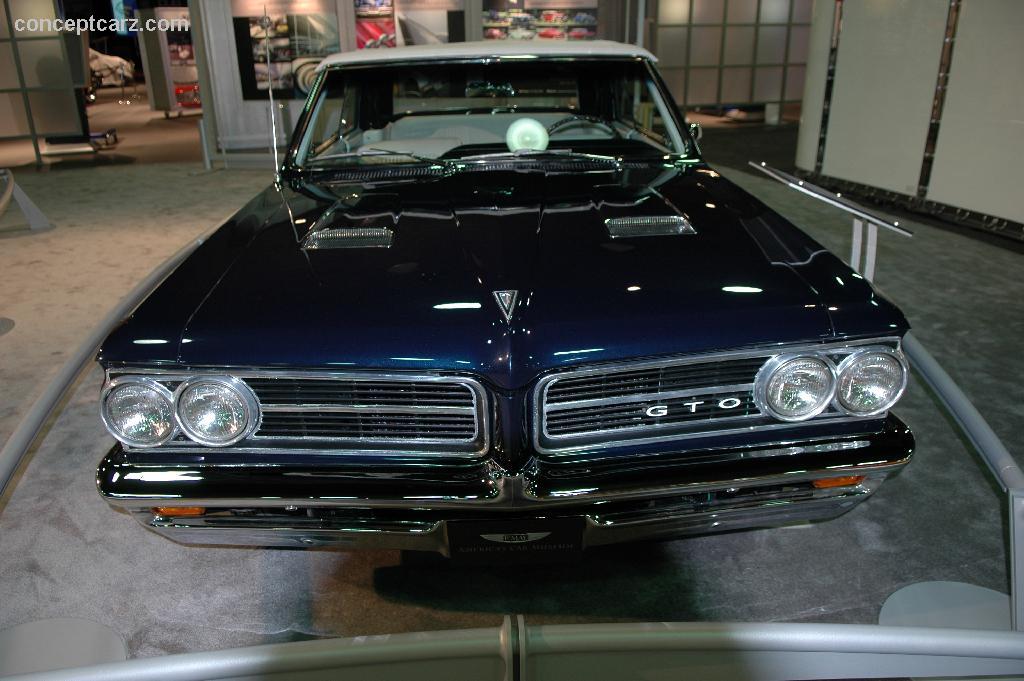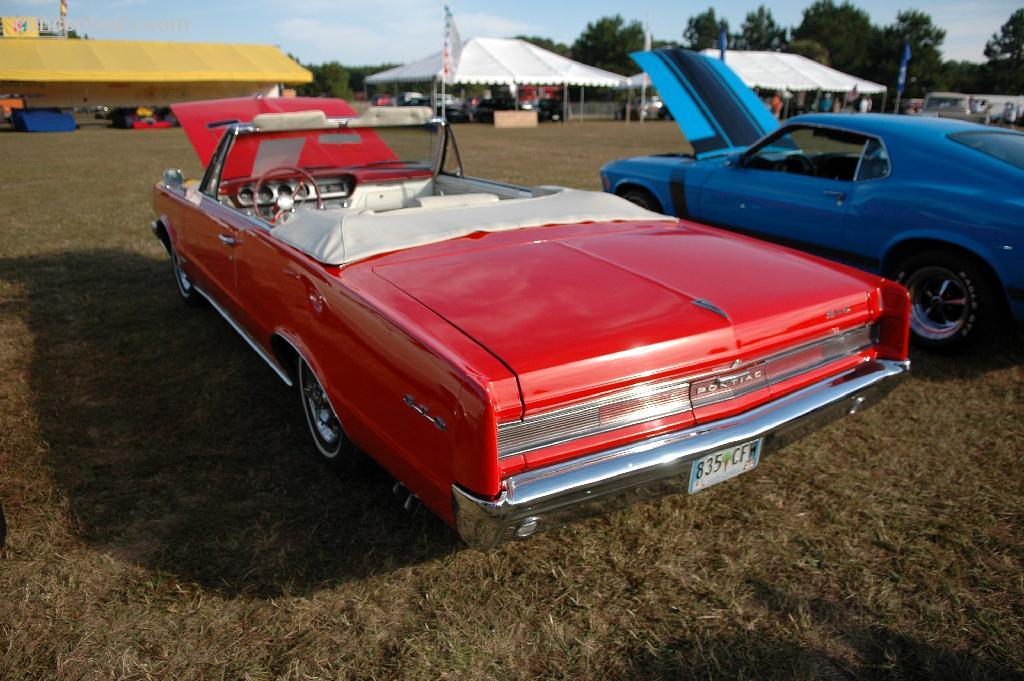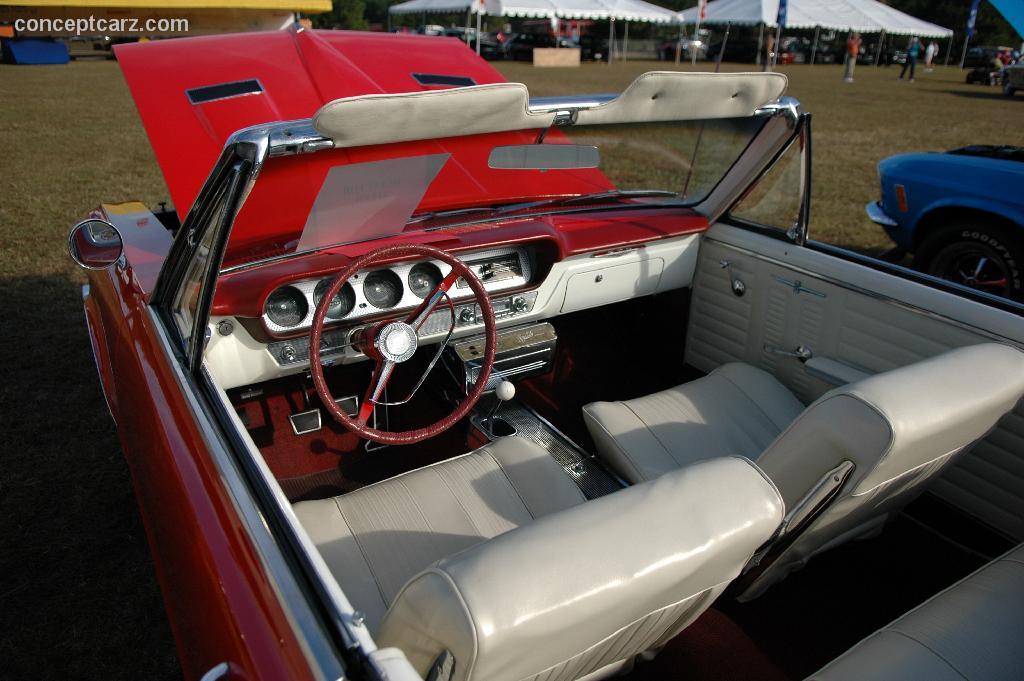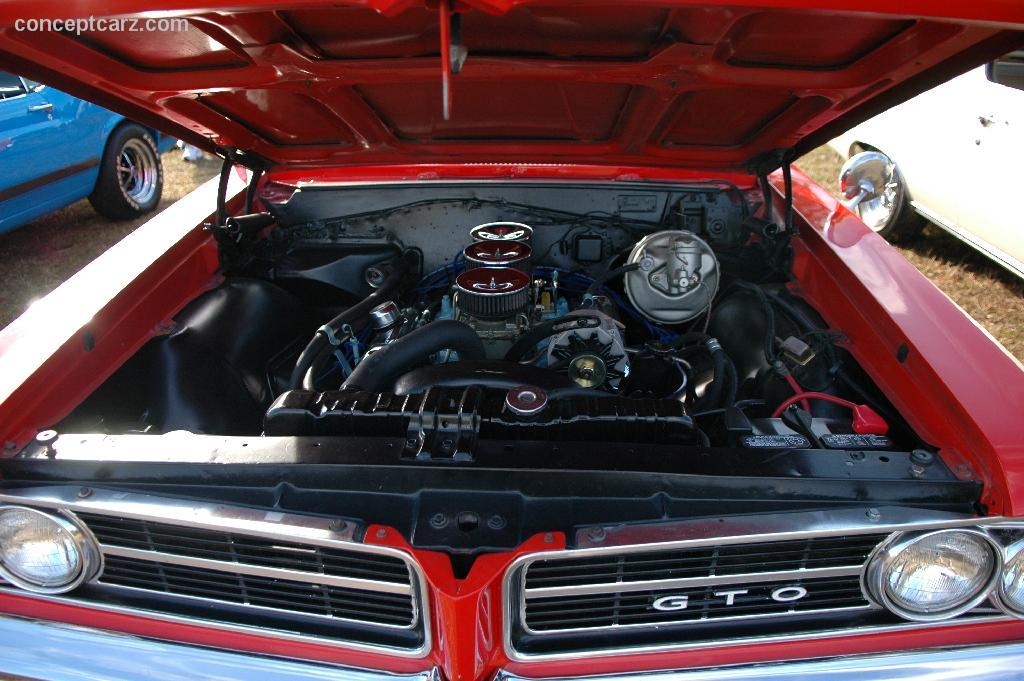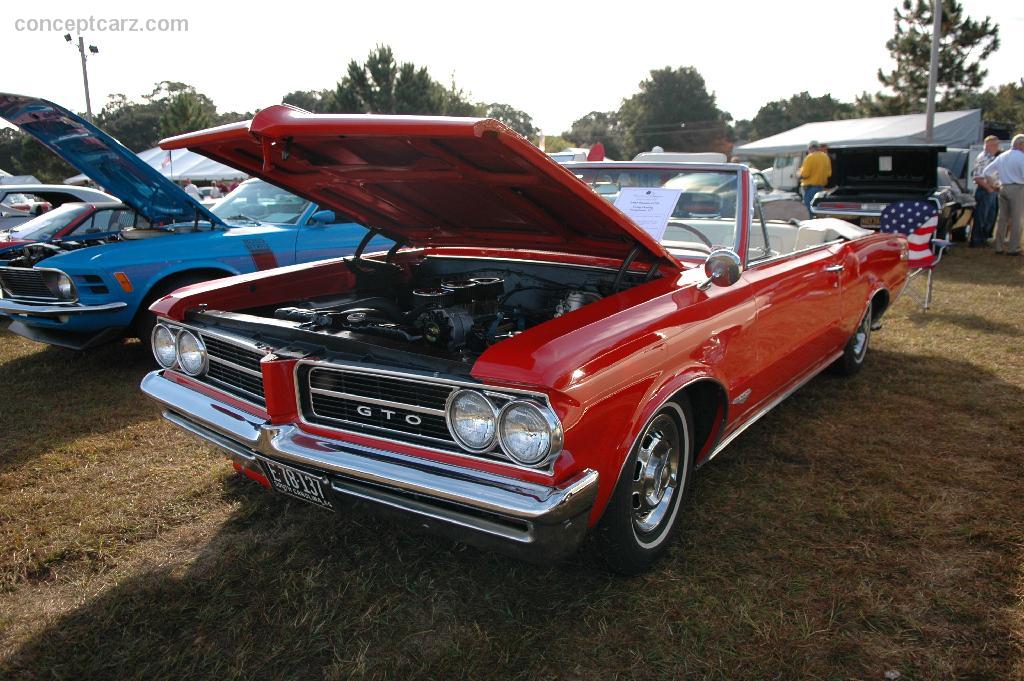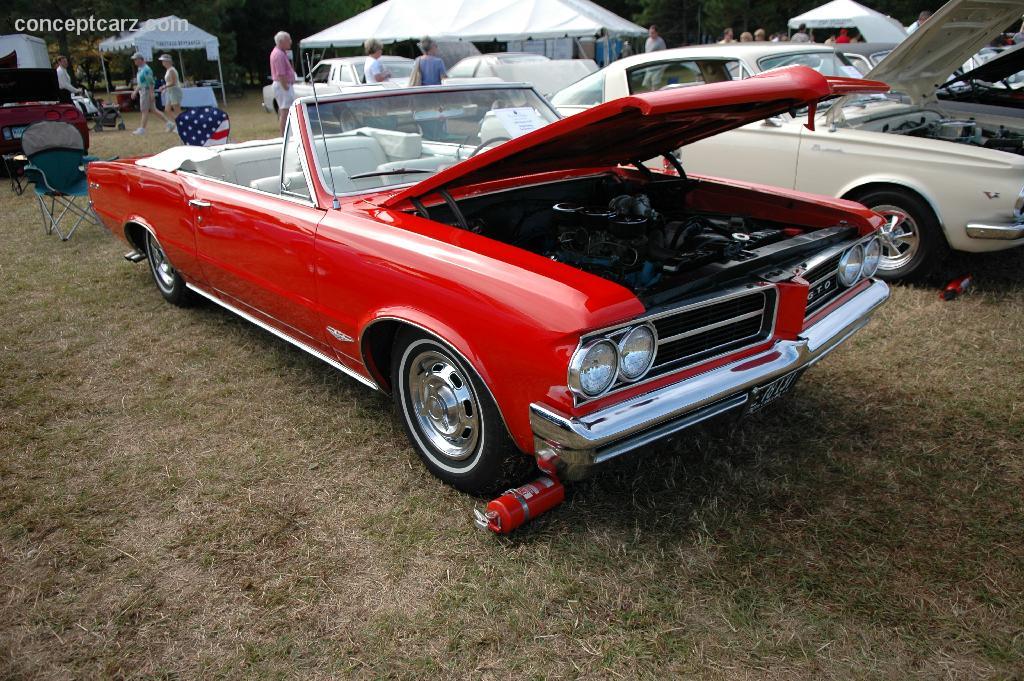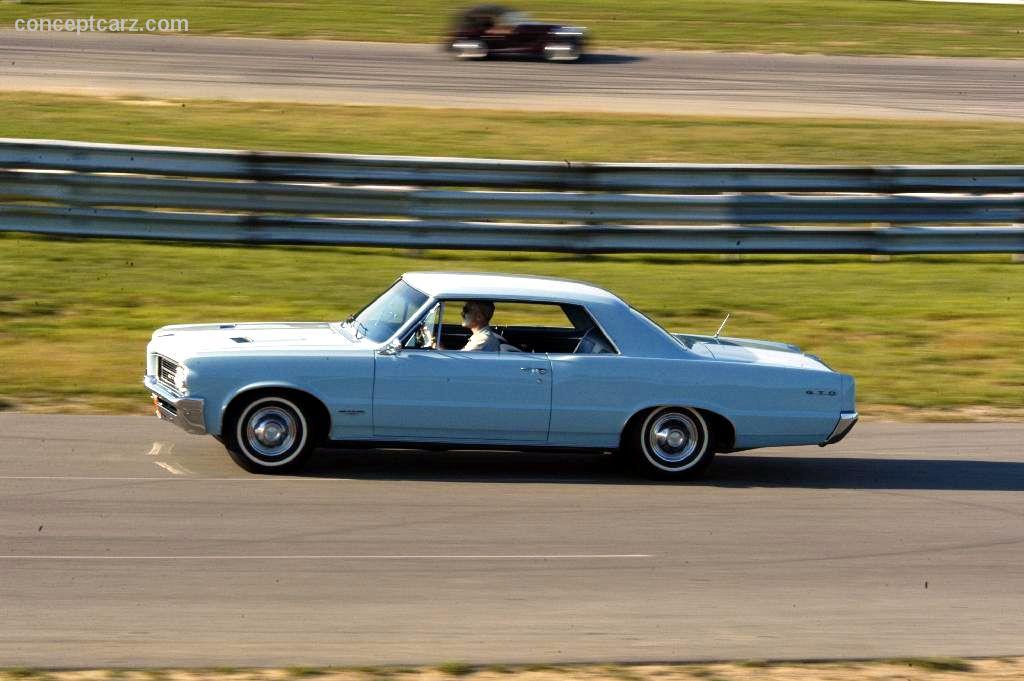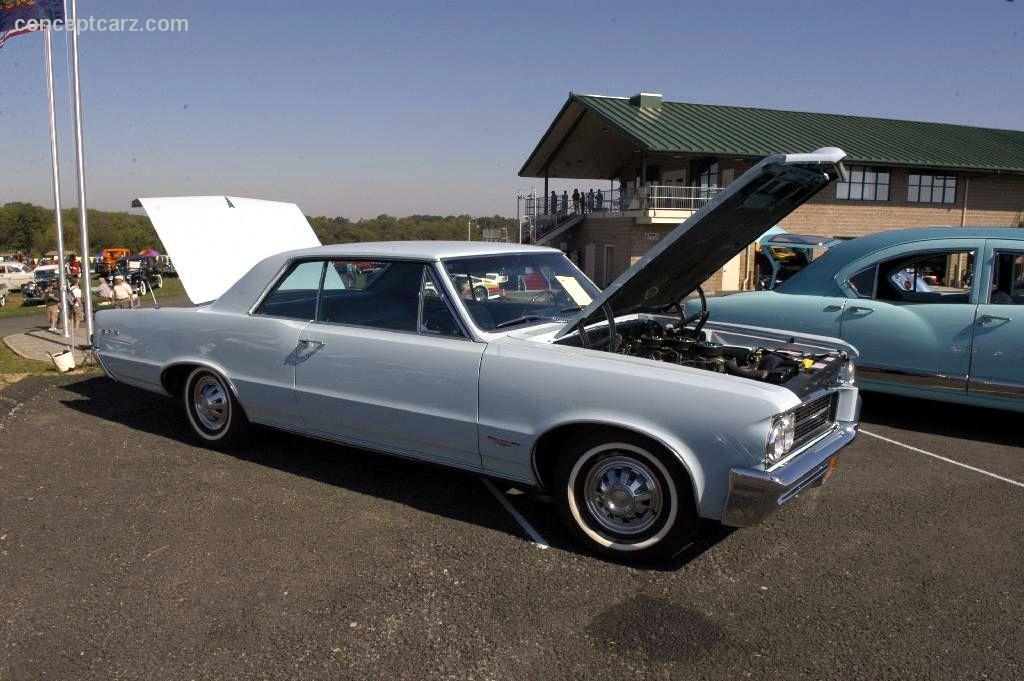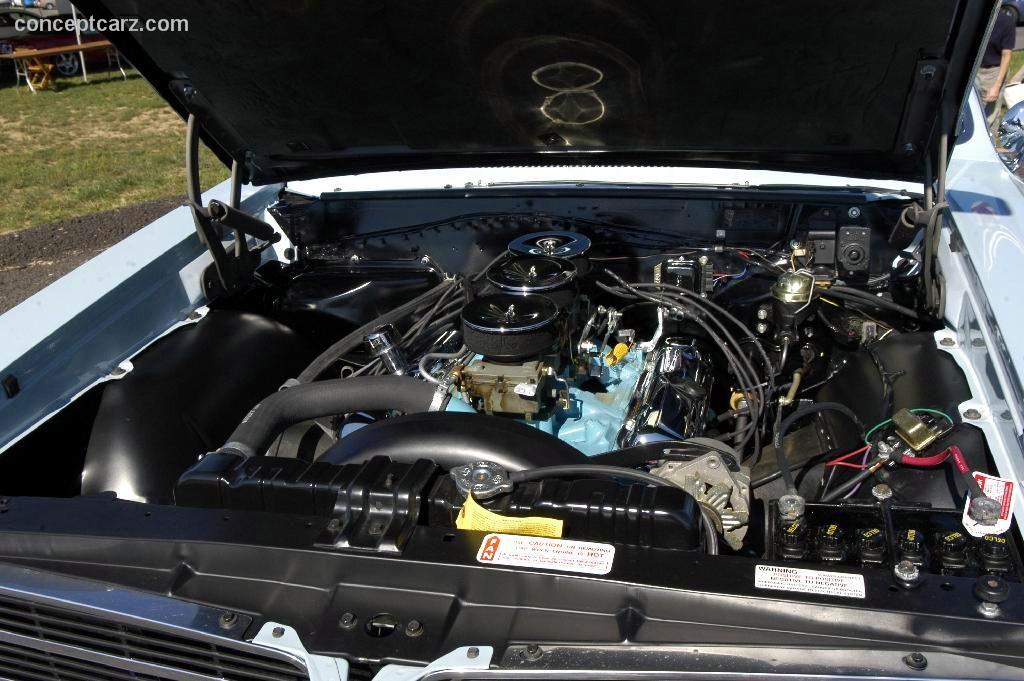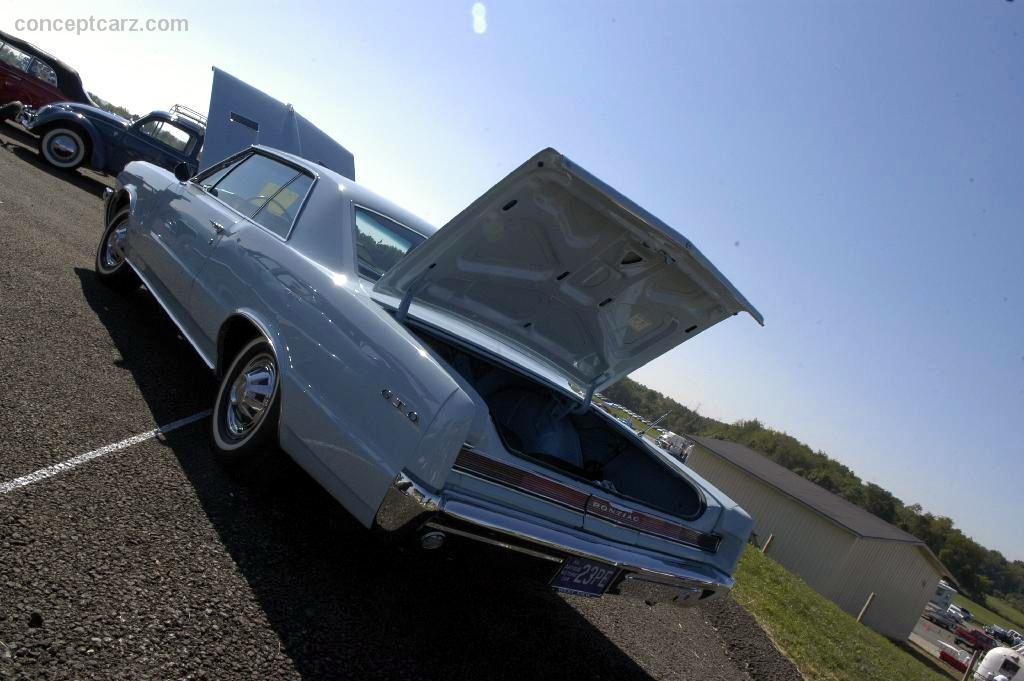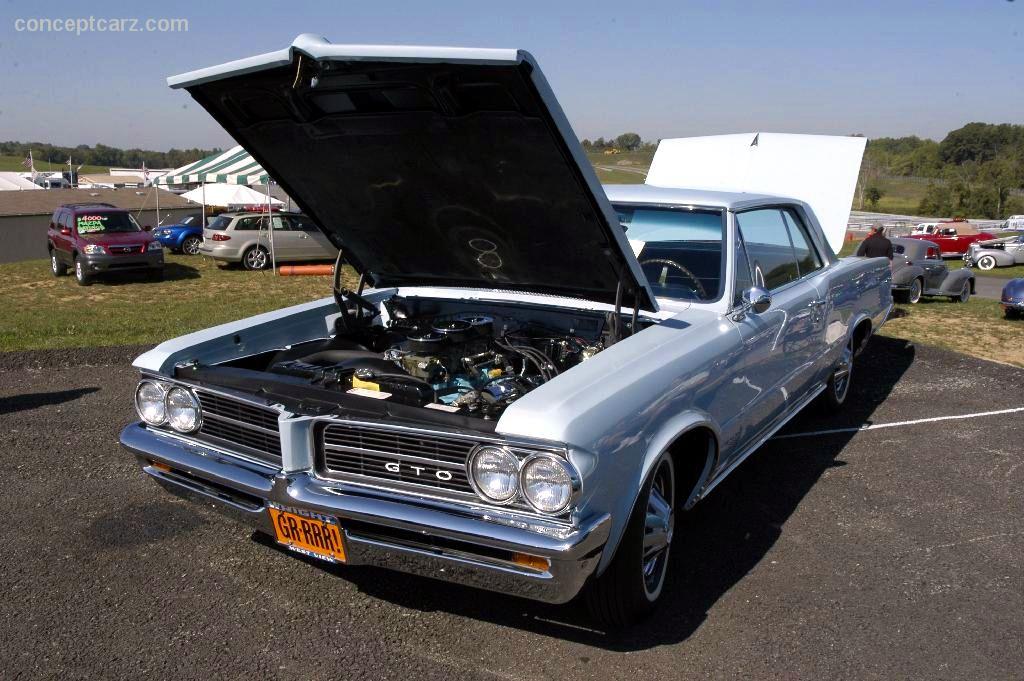Many of the powerful mid-size cars, up to this point in history, had primarily been a means to get a car on the racetrack by satisfying homologation requirements, and practicality and comfort were not their strong suit. The GTO changed this paradigm, boosted sales, and stimulated enthusiasm in the automotive community. While Pontiac’s ‘Goat’ wasn’t the first American machine marketed mainly with horsepower in mind, it earned its status as Detroit’s pioneering muscle car due to the way it appealed to the masses, unlike any other previous factory Hot Rod. Its appeal was elevated due to its relative affordability and practicality, with many serving as everyday transports, even family cars.
In the late 1950s, Pontiac’s ‘Wide-Track’ improved styling and offered better handling, a combination that helped the company’s reassurance in the market and improved its performance image. Although it had a successful factory racing program, Pontiac Motor Division was forced to comply with GM’s infamous corporate racing ban of 1963. Pontiac found a way around the ban by refocusing their attention on performance cars for the road that could also, with preparation and the right parts, translate effectively to the racetrack.
The second-generation Tempest was launched in 1964 and would form the basis for Pontiac’s future. The intermediate-sized Tempest rested on a 115-inch wheelbase platform and had an engine bay that could accommodate any available Pontiac engine, with power delivered to the road by a wide range of transmissions and driveline combinations. The Tempest LeMans was an upscale trim level that came with deluxe trim and sporty features including bucket seats. Adding to the versatility, a convertible body style was also available. The Tempest Le Mans also formed the core of the GTO high-performance option package.
A veritable multitude of appearance, comfort, convenience and performance options made it possible for buyers to order a Tempest to suit their individual needs with a judicious selection of factory-available items.
Series 20 Tempest
The base trim level was the Series 20 Tempest which came with a six-cylinder engine and had triple windsplits behind the front wheel openings, no upper beltline moldings, and small hubcaps. Body styles included a sedan, a hardtop, and a station wagon. The cars fitted with the optional V-8 engines were given front fender badges.
The 215 cubic-inch overhead-valve six-cylinder engine had a Rochester one-barrel carburetor and delivered 140 horsepower. The 326 cubic-inch V8 engine had a two-barrel carburetor and was rated at 250 horsepower. A four-barrel carburetor brought horsepower to 280 hp. The GTO came standard with a 389 CID that had 325 horsepower. An optional three two-barrel version brought horsepower to 348 hp. A three-speed manual was standard, a four-speed manual with floor shift was optional, as was the Hydra-Matic.
Tempest Custom
The Tempest Custom trim level, Series 21, was distinguished by the bright upper beltline moldings, Tempest Custom nameplates on the rear fender, and a more luxurious interior that included courtesy lamps on the convertibles, carpeting, and Deluxe steering wheel. Bodystyles included the sedan, hardtop, station wagon, and convertible.
Tempest Le Mans
The Tempest Le Mans had LeMans nameplates on the rear fenders, model badges on the deck lid, and LeMans script plates for the dashboard. They were also given ribbed décor plates for the deck lid latch panel, and simulated slanting louvers in front of the rear wheel cutouts. They could be purchased with the Gran Turismo Omologato (GTO) option package which added the 389 CID V8 and special appearance items. Both the Tempest LeMans and GTO were available as a coupe, hardtop, and convertible.
Gran Turismo Omologato (GTO)
The GTO was the outcome of a collaboration between Pontiac ad-man Jim Wangers, Chief Engineer John DeLorean, and lead engineers Bill Collins and Russ Gee, who in 1963 was examining the potential of the new-for-1964 Tempest and LeMans scheduled to replace the disastrous 1961-63 transaxle models. They stuffed a prototype’s engine bay with the 389 cubic-inch V8, and when DeLorean got behind the wheel, the die was cast for a super-high-performance Pontiac that would become the first of a new genus: the muscle car. Although the GTO wore only discreet badges, it was instantly recognizable by the car-savvy youth, and sales surpassed the official target of 5,000 cars to reach 32,450 by the model year’s end (including 7,384 of the coupe, 18,422 of the hardtop, and 6,644 of the convertible).
GM’s Engineering Policy Committee was enforcing a long-standing limit on power-to-weight ratios to no fewer than 10 pounds per cubic inch. At 3,400 pounds, this edict would have limited the GTO to 340 cubic inches, but the committee only reviewed specifications for new models, not option packages, and that is where DeLorean and crew hid the GTO from engineering’s prying eyes.
Officially released on October 1, 1963, this milestone debuted as a $295 option package for the deluxe Tempest model, the LeMans. The W62 GTO group included a 389 CID V-8 fitted with a hydraulic cam, a Carter AFB 4-barrel carburetor, and a pair of high-compression heads borrowed from the 389’s big brother, the 421. It was backed by a Hurst-shifted three-speed manual, a 350 Turbo Hydra-Matic automatic transmission, or Muncie M21 4-speed manual transmission, while the ride and handling package harnessed the GTO’s power. A heavy-duty radiator keeps the combination cool, and bright valve covers add some show to the go. The special handling package included fast-ratio 20:1 power steering, heavy-duty springs, stiffer shock absorbers, and a factory anti-sway bar for road control to match engine performance. Additional features included bucket seats, a blacked-out grille, appropriate badges, and twin dummy hood scoops. Coveted options included the three Rochester two-barrel carburetors, power steering, power brakes, a limited-slip Safe-T-Track differential, a tachometer, a power antenna, a wood-rimmed sport steering wheel with tilt column, and chrome split exhaust tips.
The Pontiac GTO succeeded at being an ingeniously packaged options group that fused modern full-size American V-8 horsepower together with classic European race-inspired grand-touring style into a middleweight intermediate. Period automotive reviews revealed the GTO Convertible capable of sprinting from zero-to-sixty mph in 7.7 seconds and the quarter-mile in 15.8 seconds at 93 mph. The top speed was achieved at 115 mph. The GTO hardtop with 348 horsepower went from zero-to-sixty mph in 6.6 seconds and the quarter-mile in 1948 seconds.
Bobcat GTO
During the late 1950s, Jim Wangers was seeking dealers to join in the factory-backed Super Duty program when he found a kindred spirit with the owner of Royal Pontiac of Royal Oak, Michigan – Ace Wilson Jr. The collaboration led to Wangers’ winning the 1960 NHRA Top Stock Eliminator championship with a Royal-sponsored car. Wanger had succeeded at winning the championship and Royal reaped a boost in sales. Continuing their efforts, a series of Royal-sponsored SD racers invaded the popular stock classes, including the famous Swiss Cheese cars. In addition, Royal became the designated tuner of magazine test cars to ensure positive results in test reviews. The success of this collaboration led to increased over-the-counter parts sales and the introduction of the Bobcat tuning kit. Designed to coax maximum power from the Pontiac engines, the kit included extra-thin head gaskets, a distributor advance curve kit, progressive linkage for the Tri-Power carb setup, intake heat riser blocks, richer carburetor jetting and positive-locking rocker hold-down nuts for more accurate valve adjustments. The conversion took approximately five hours to complete and resulted in notable performance improvements. Some dealer-equipped cars wore special Bobcat badges and paint treatment, but most early cars were sleepers.
